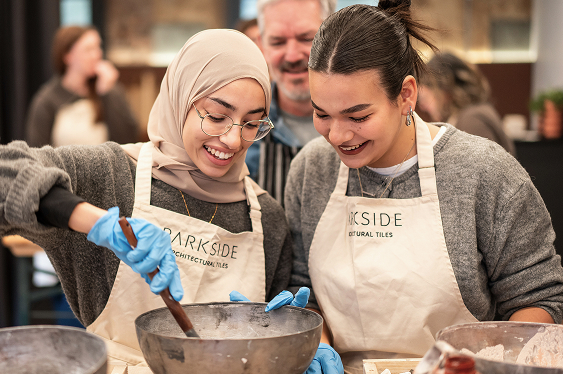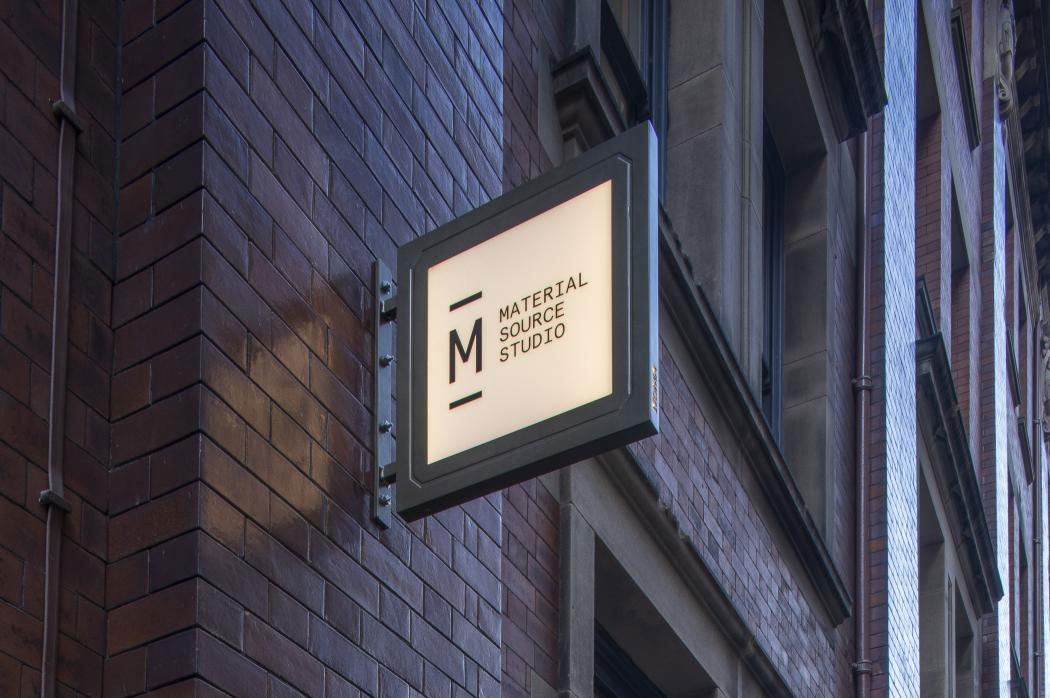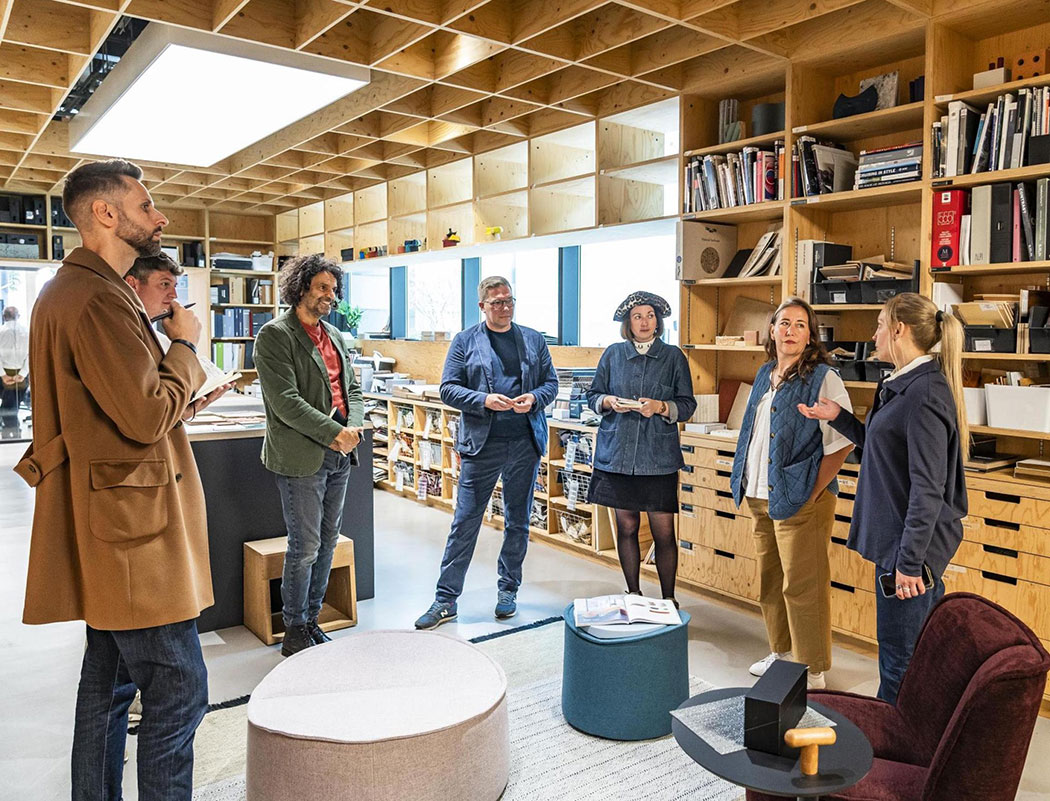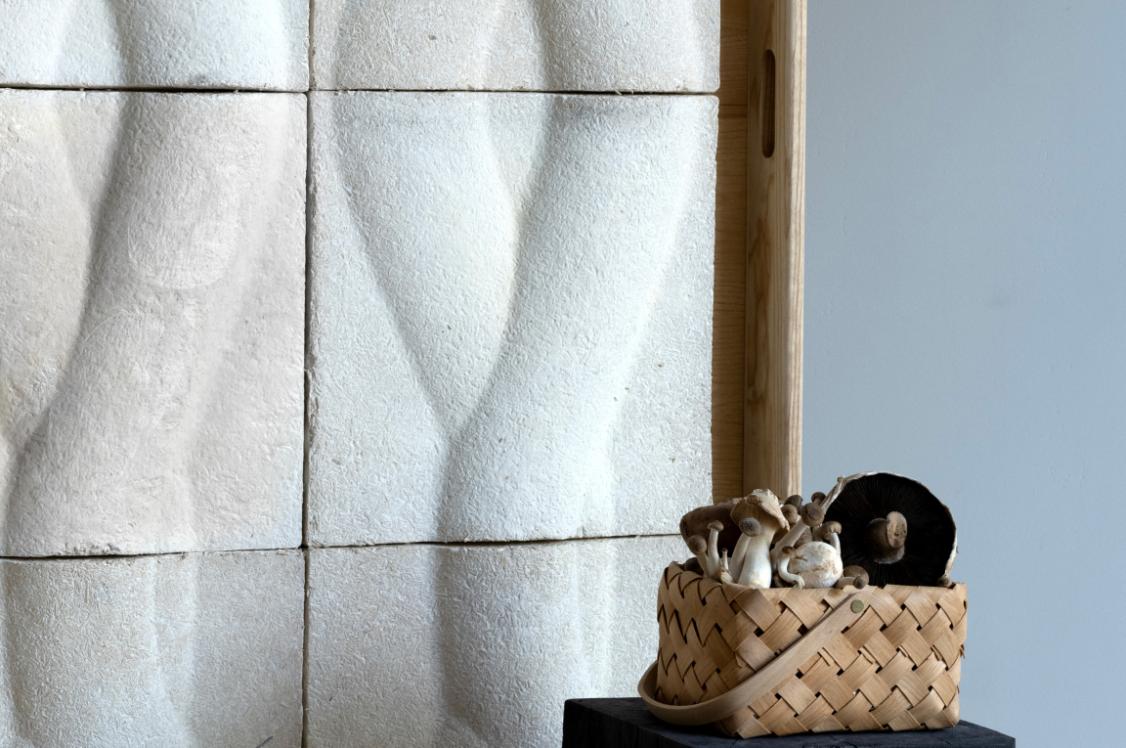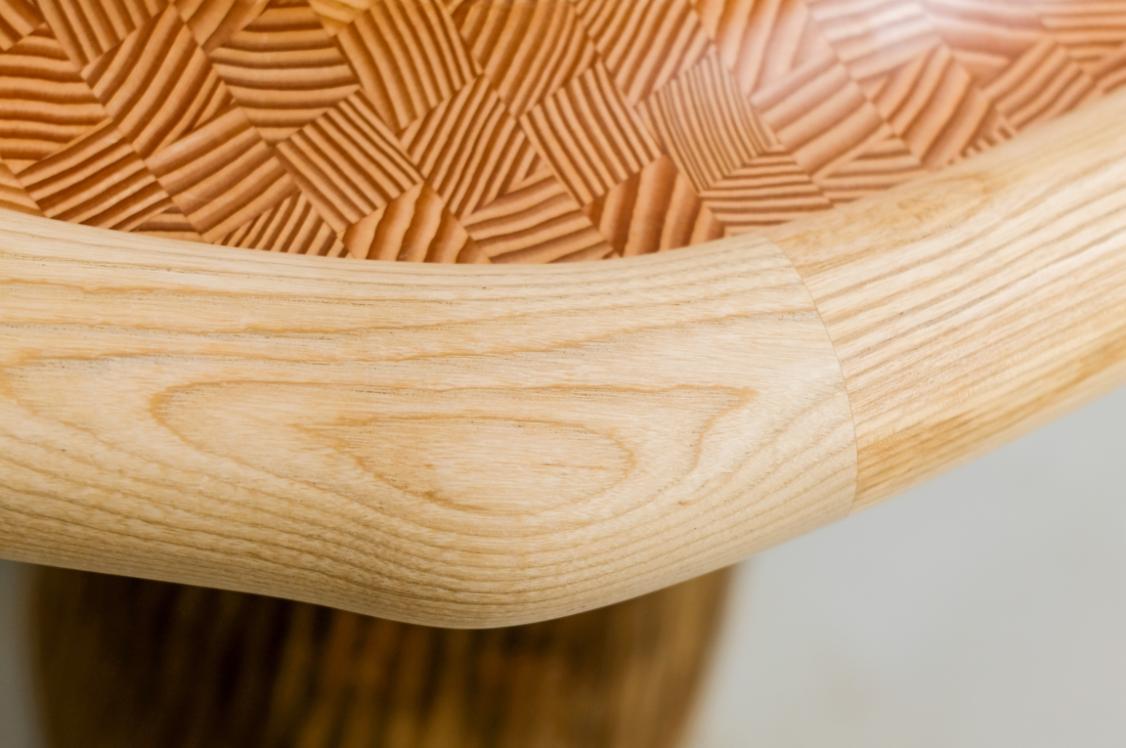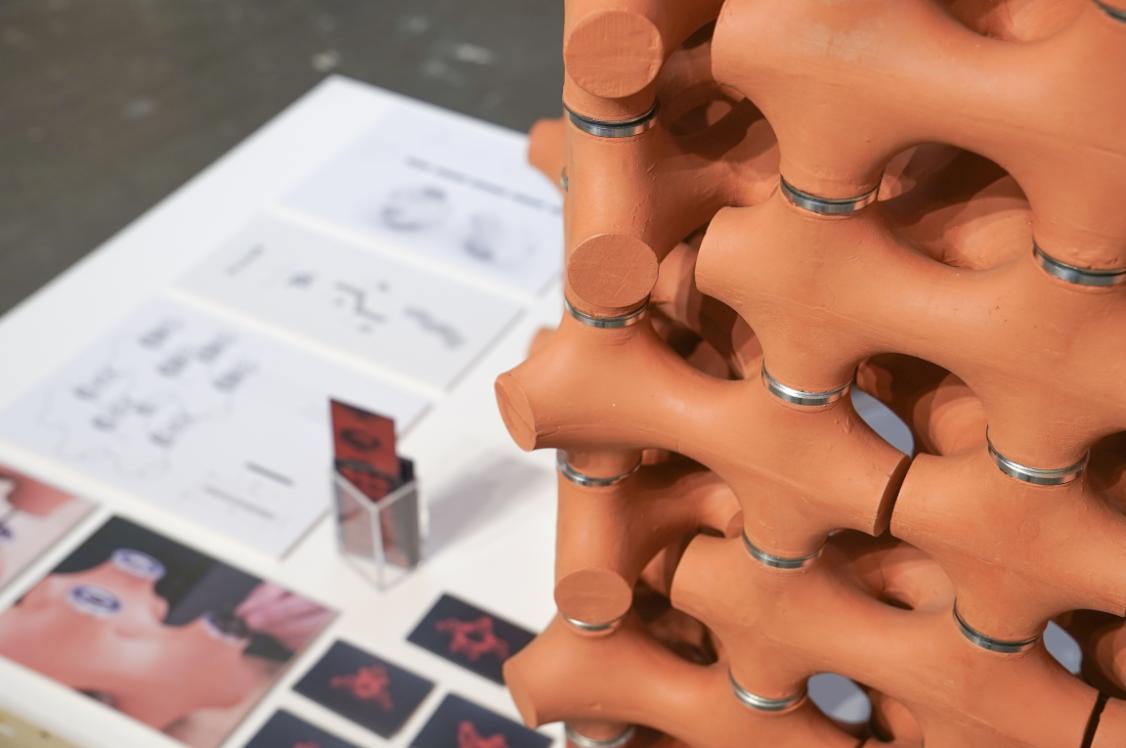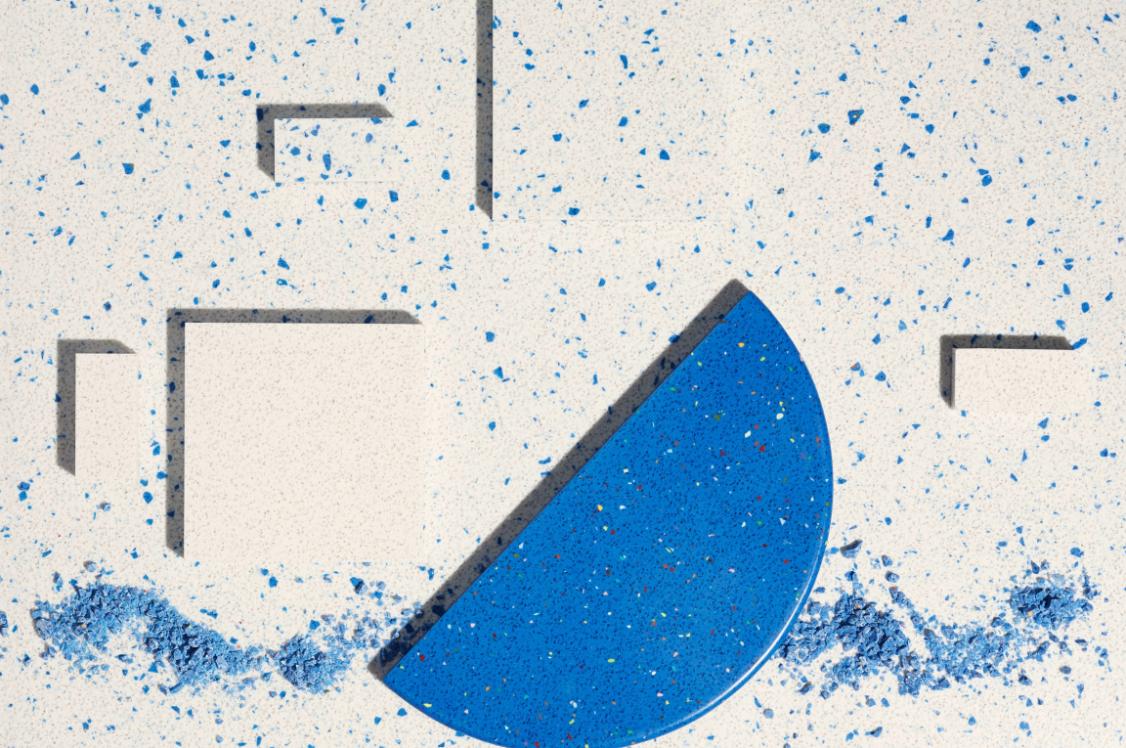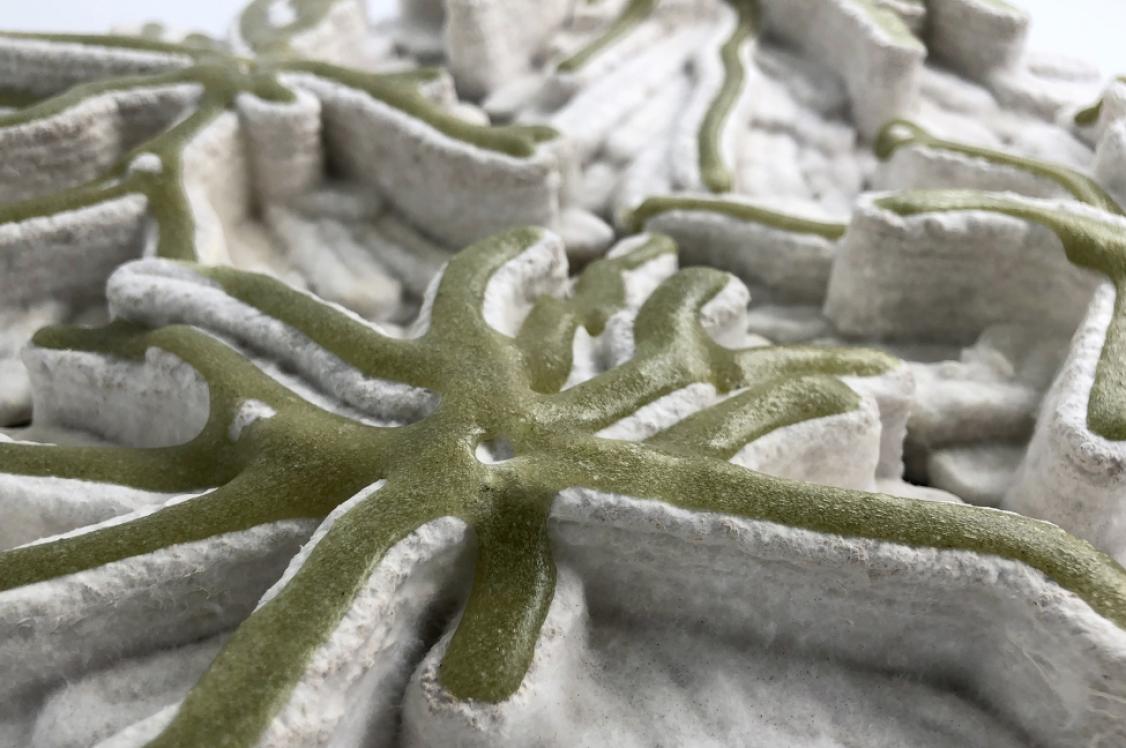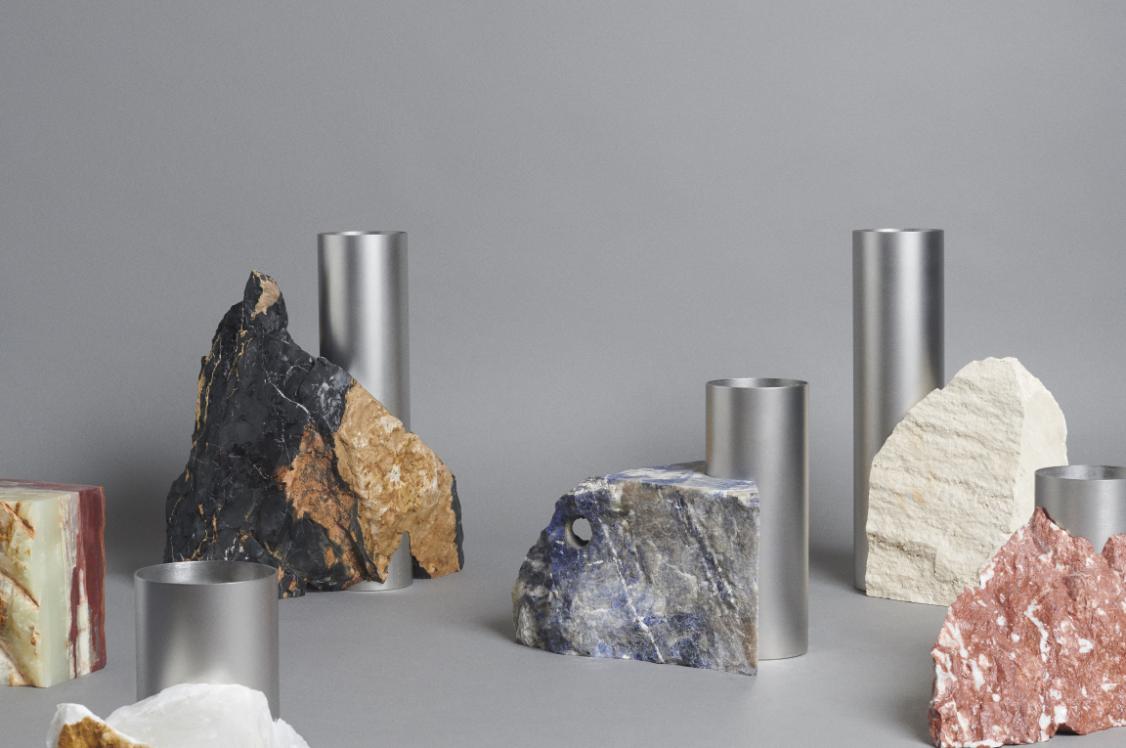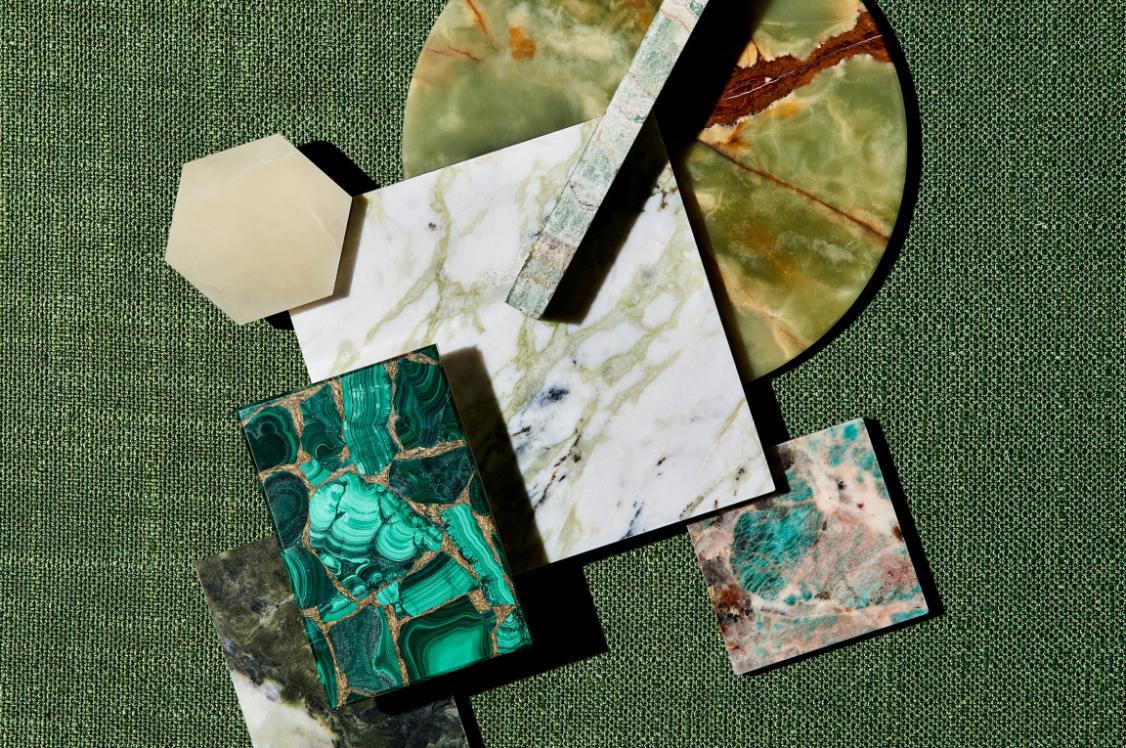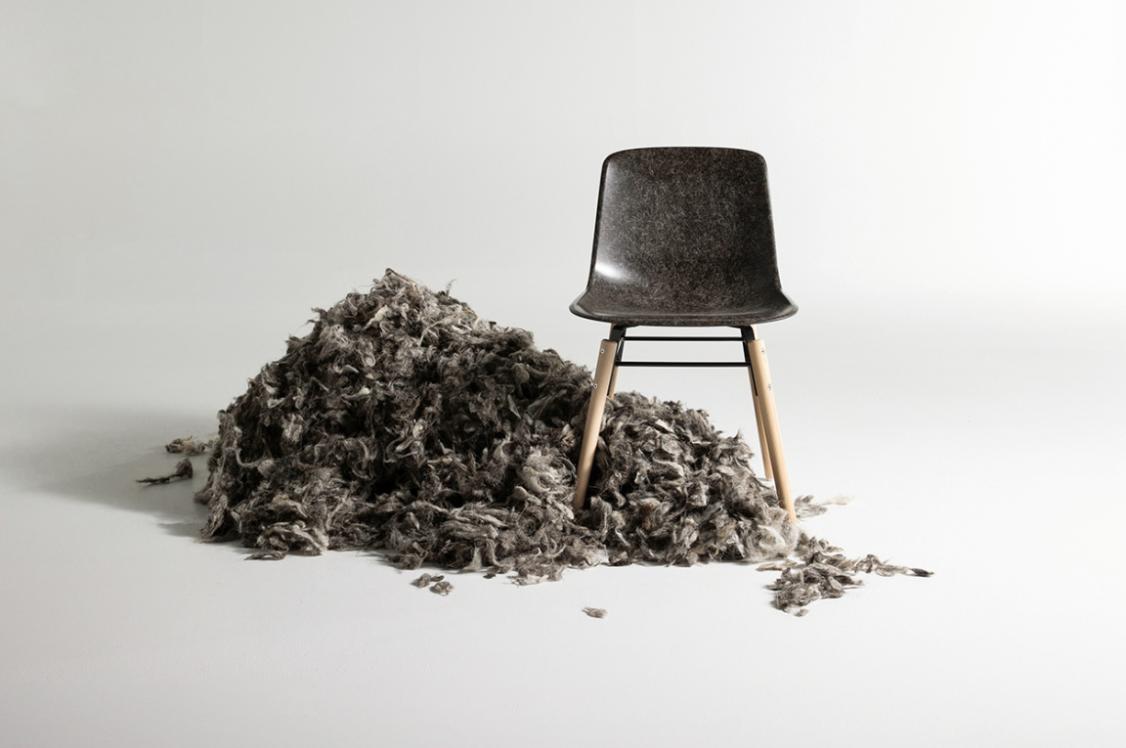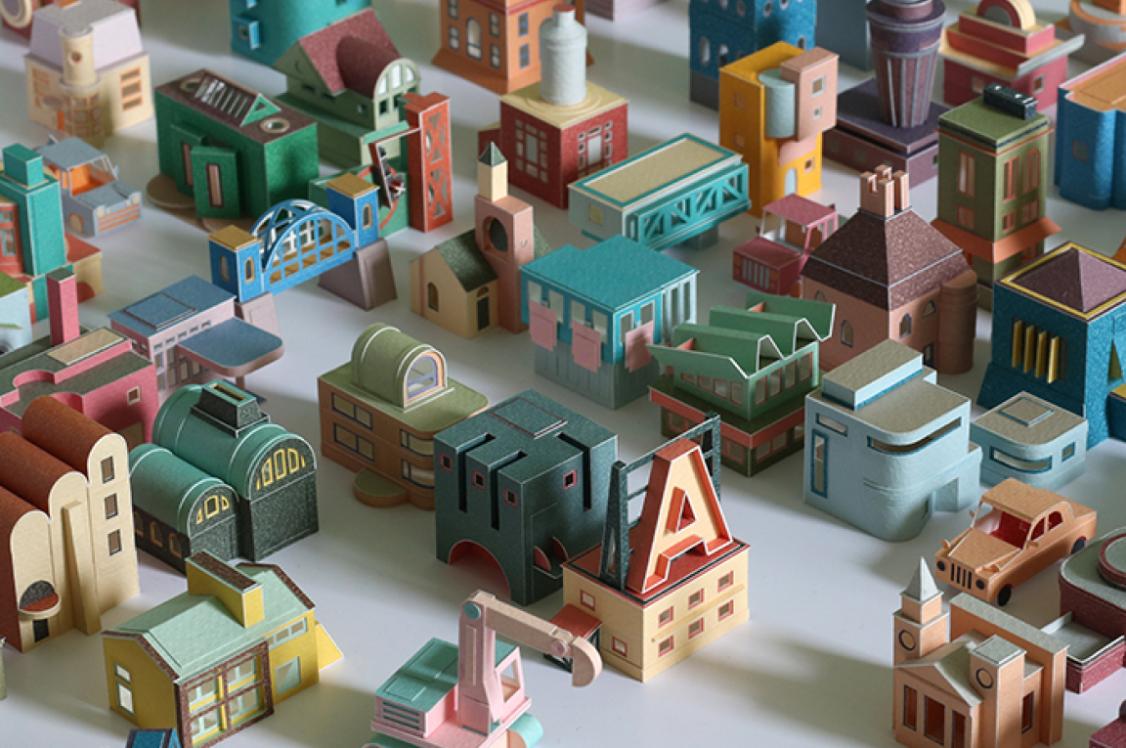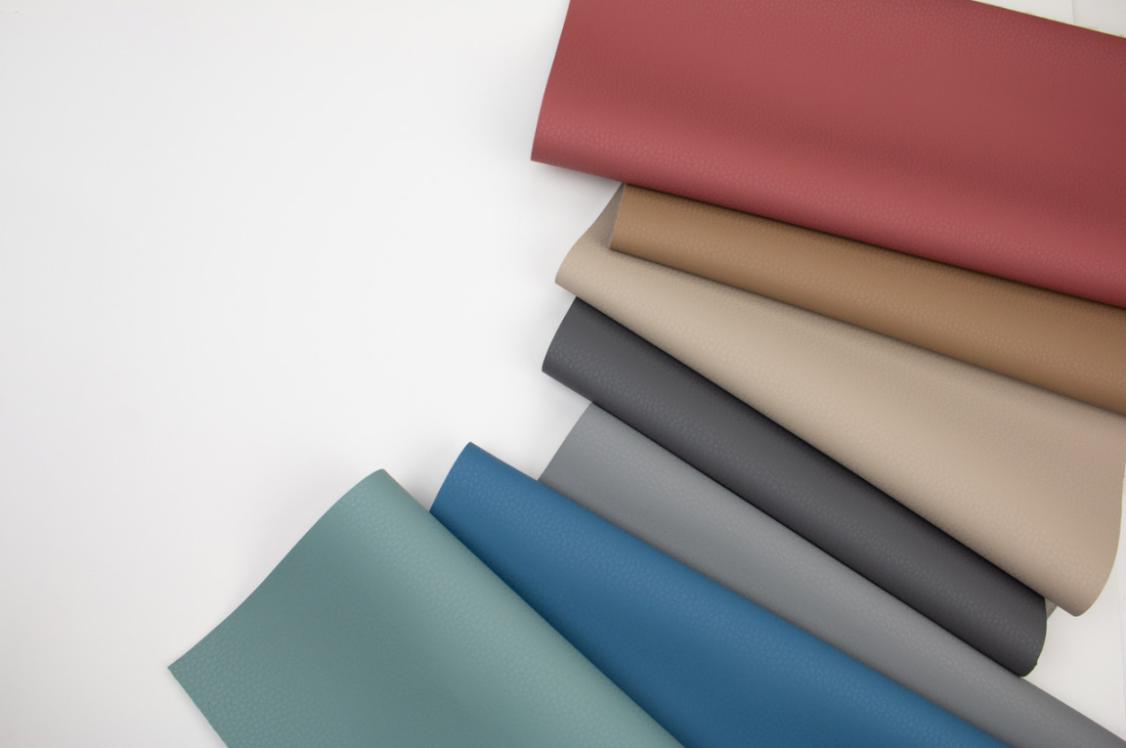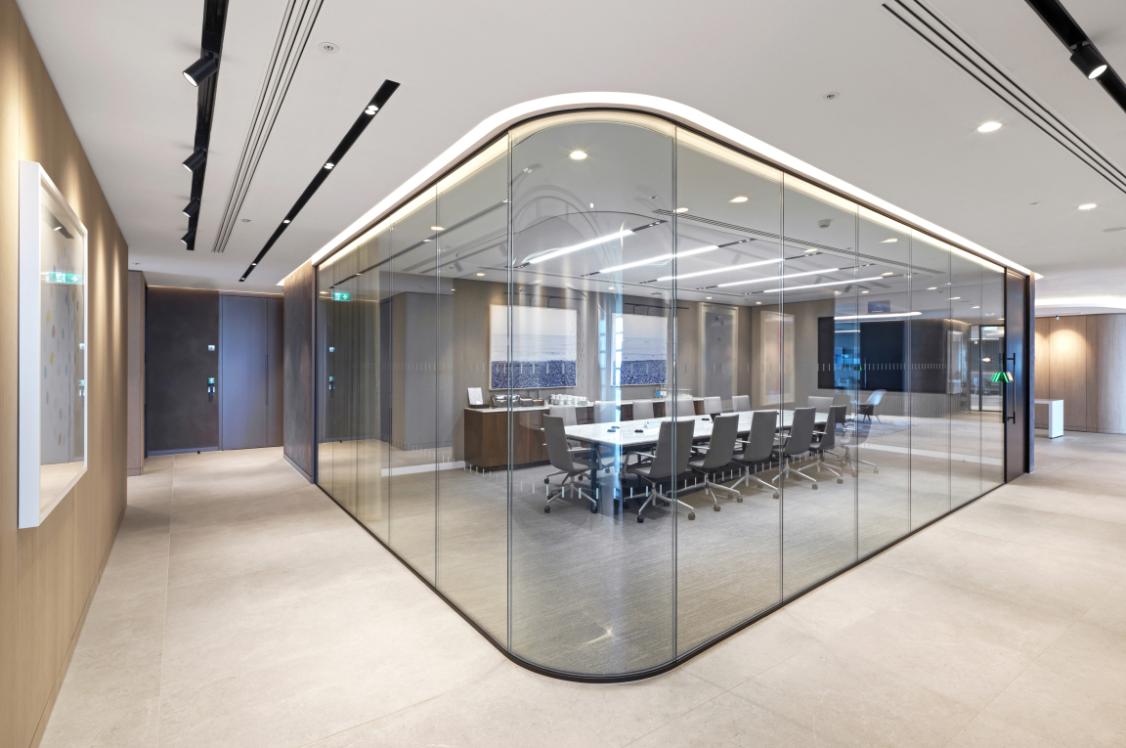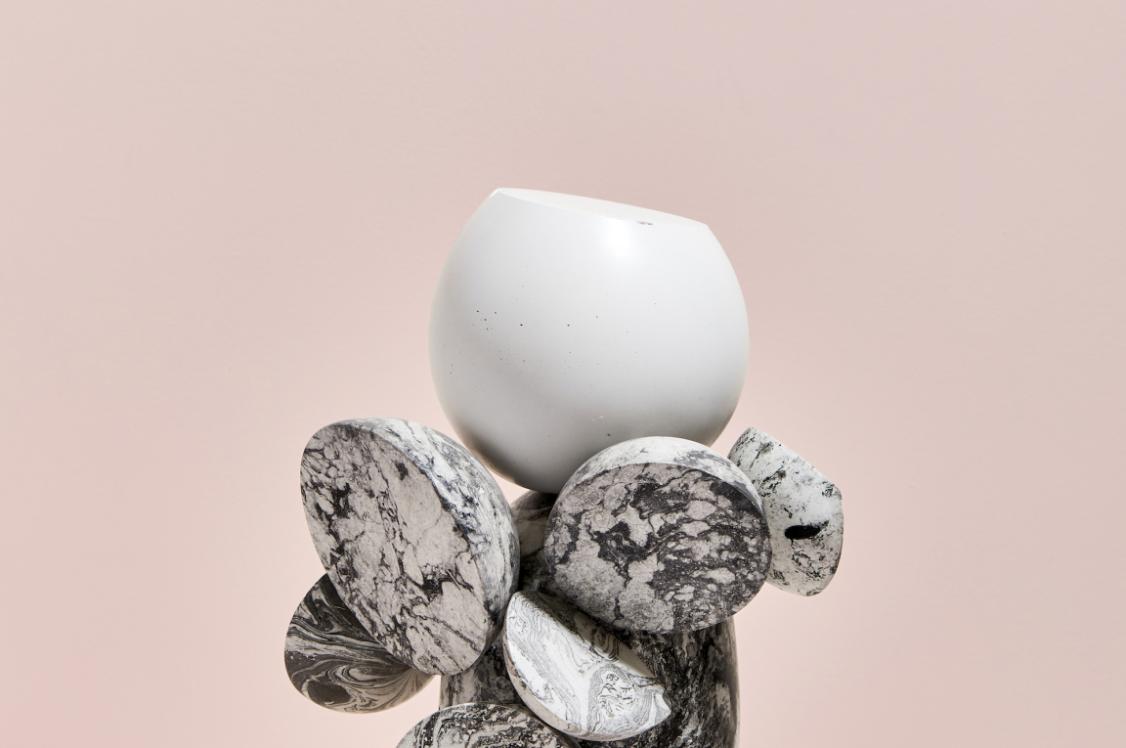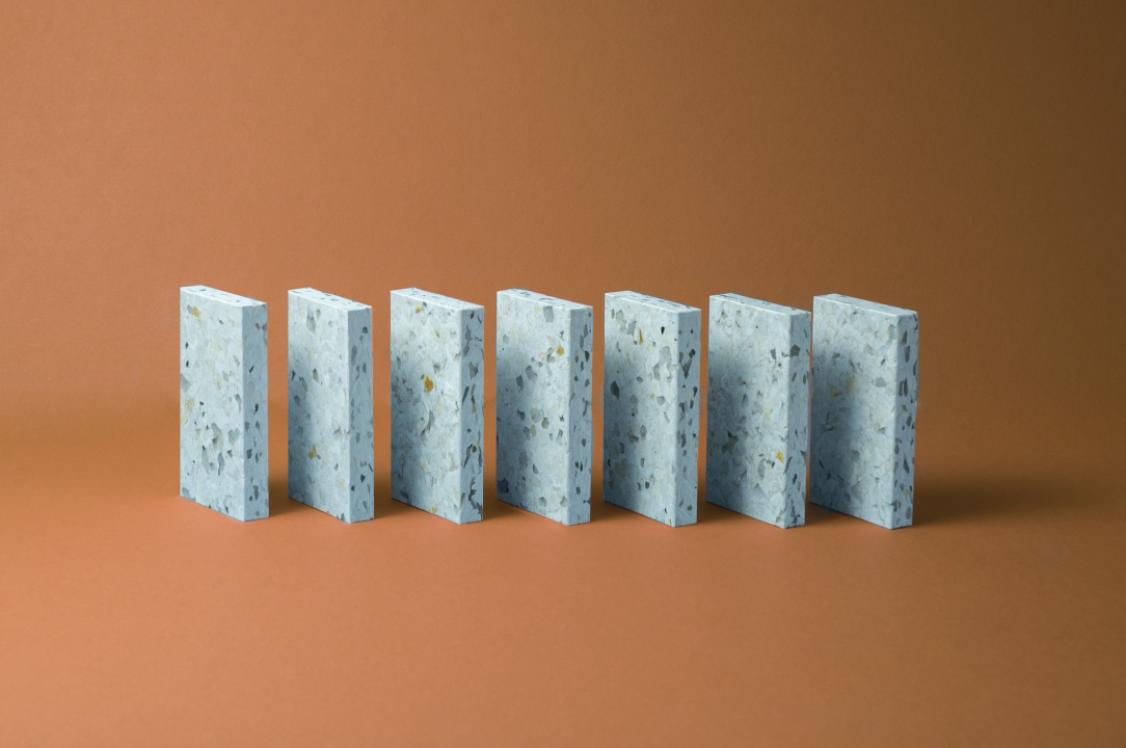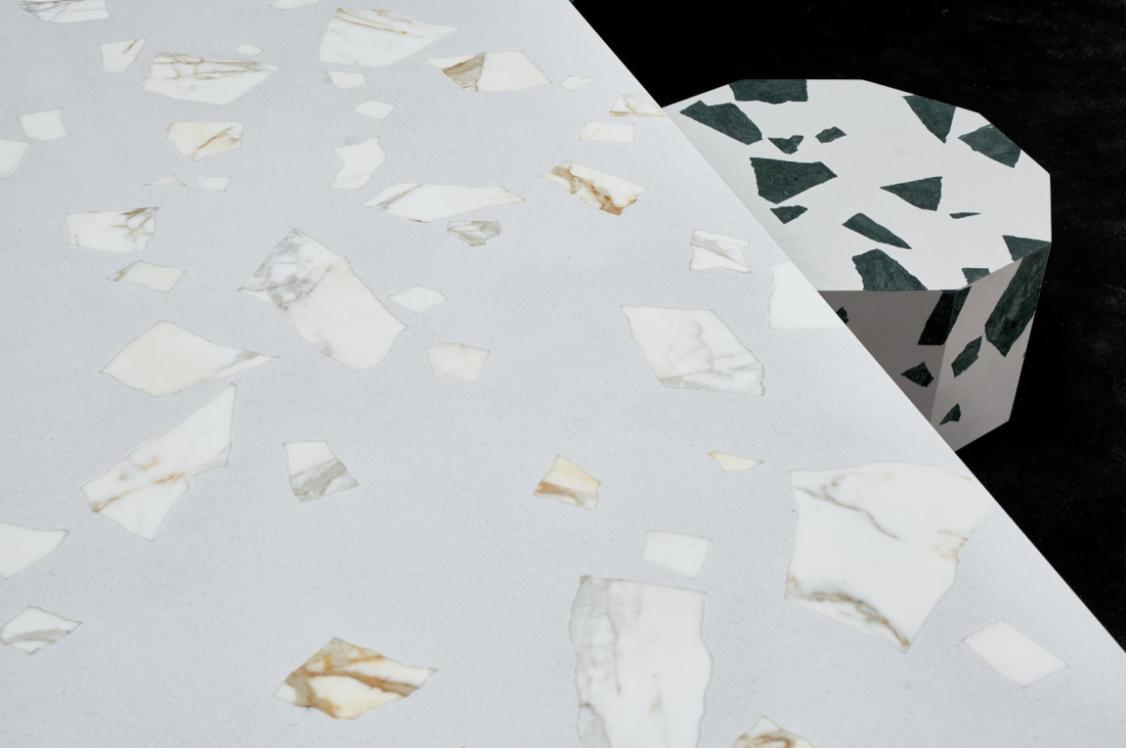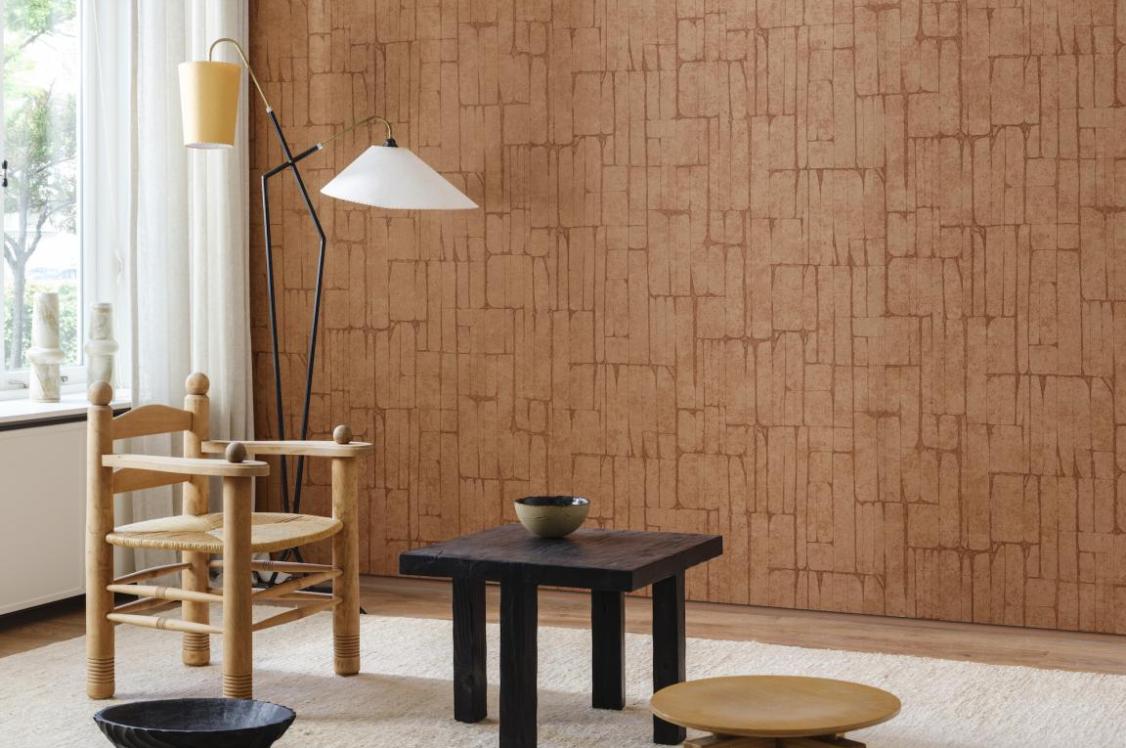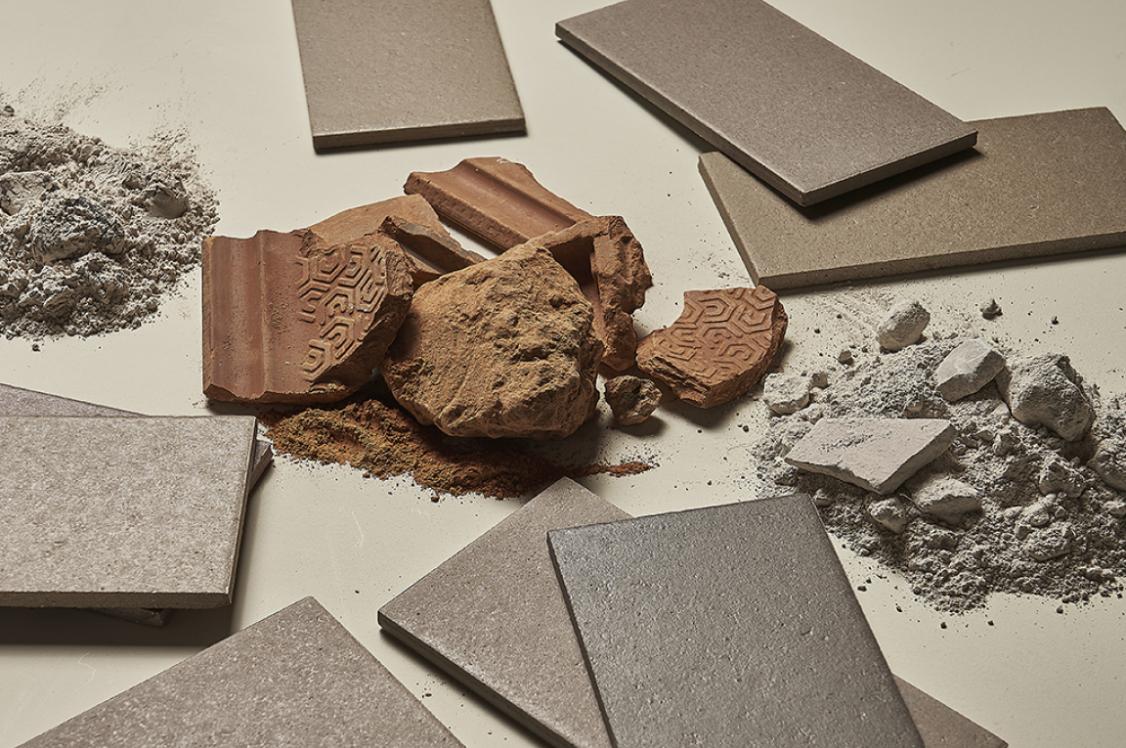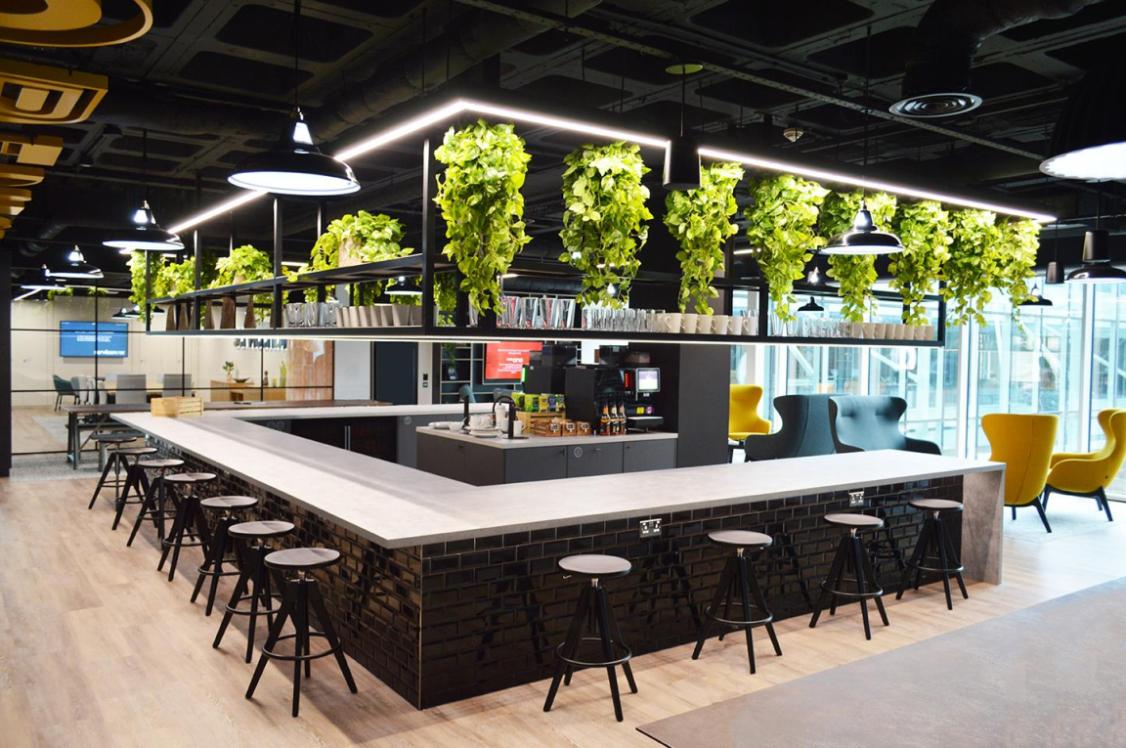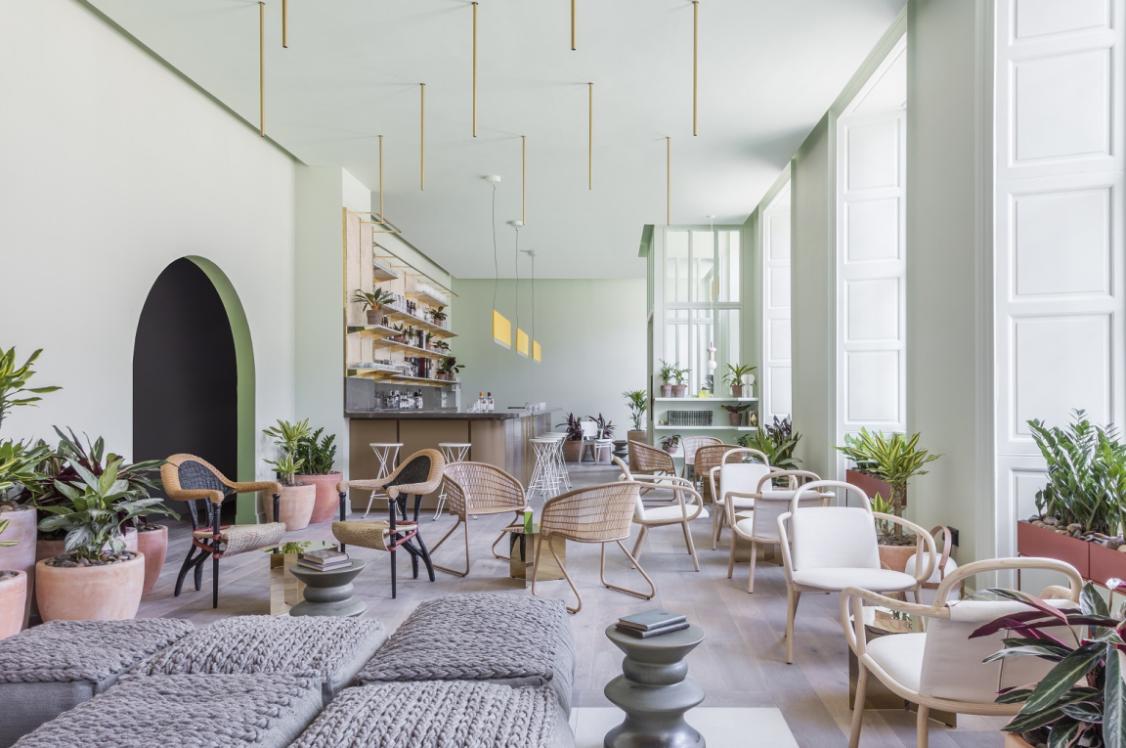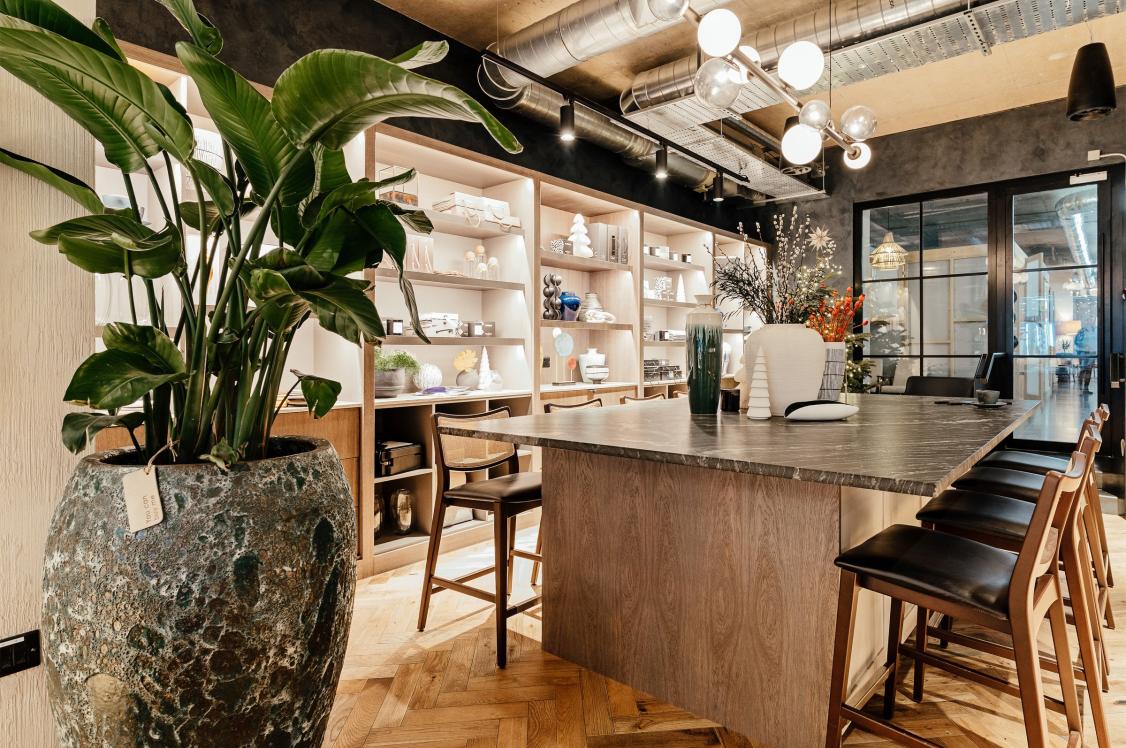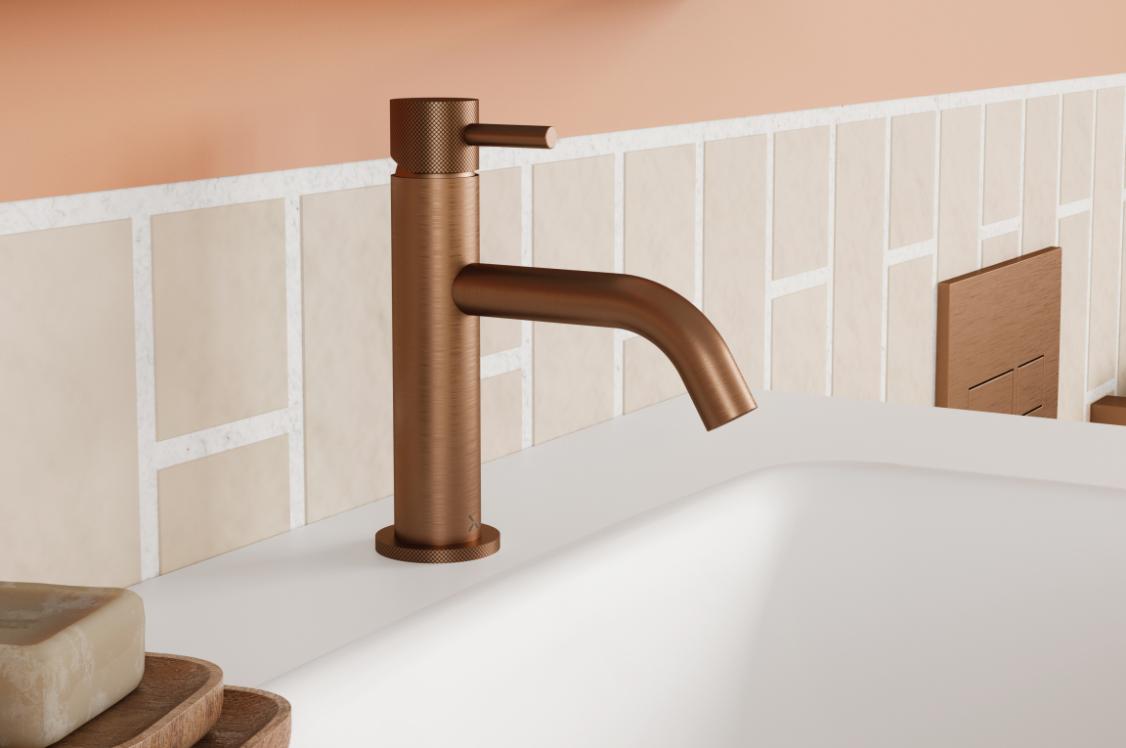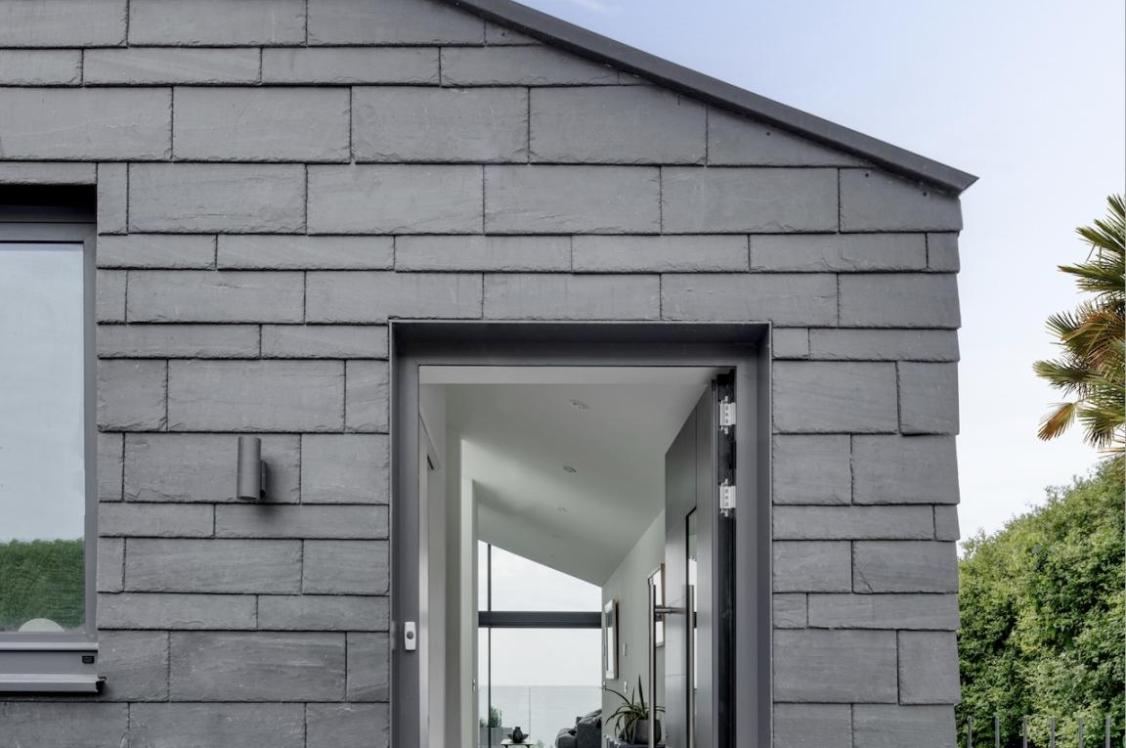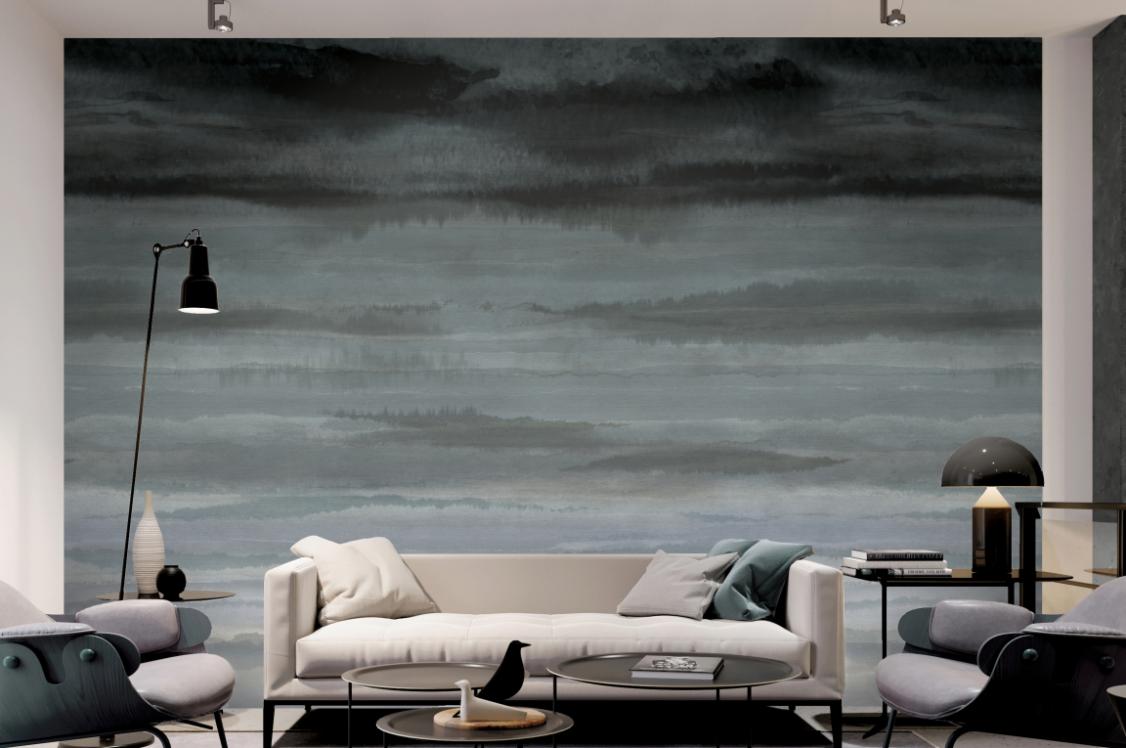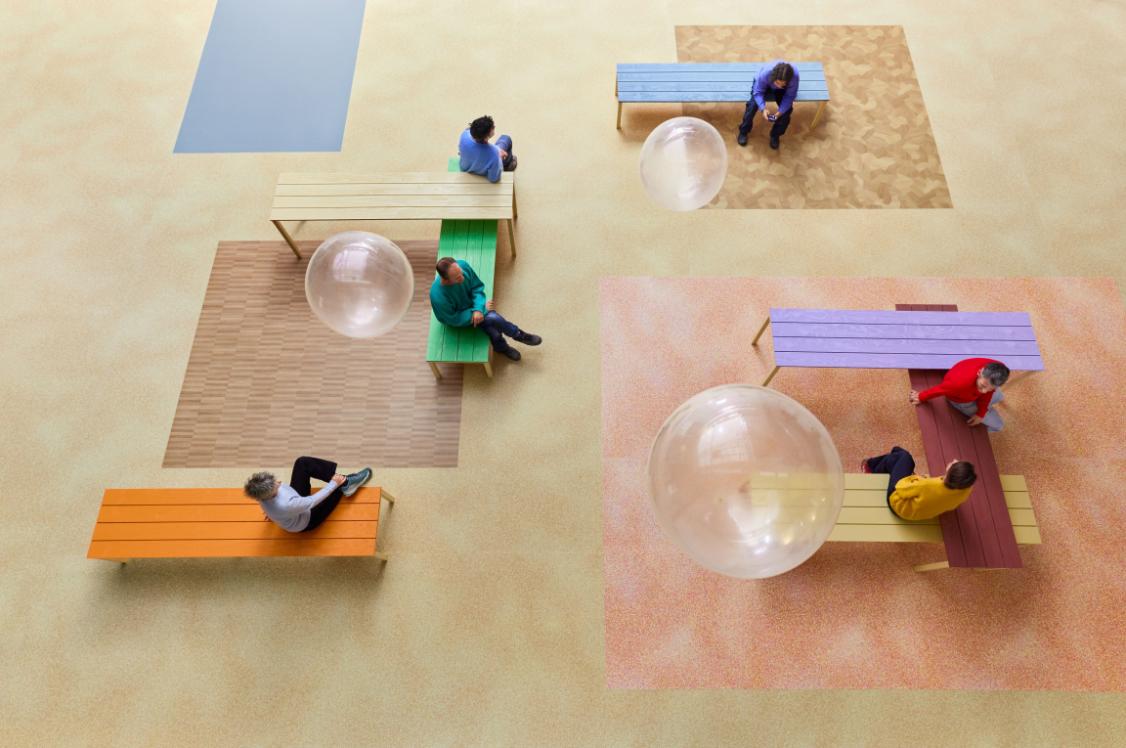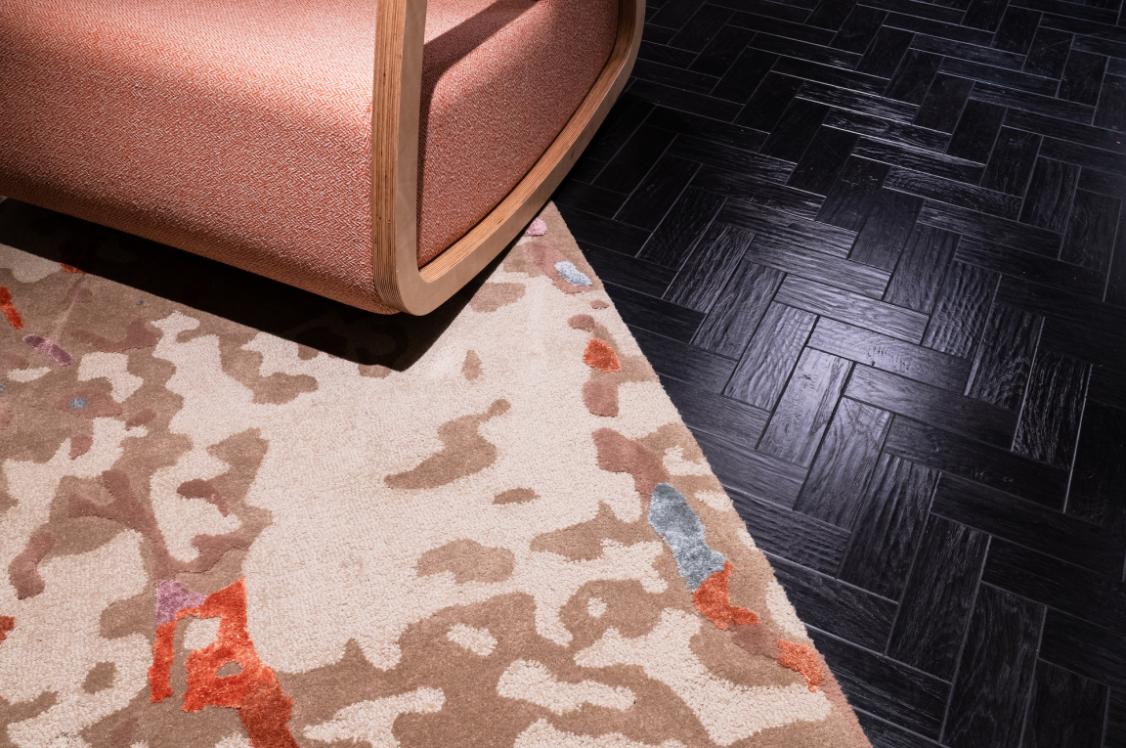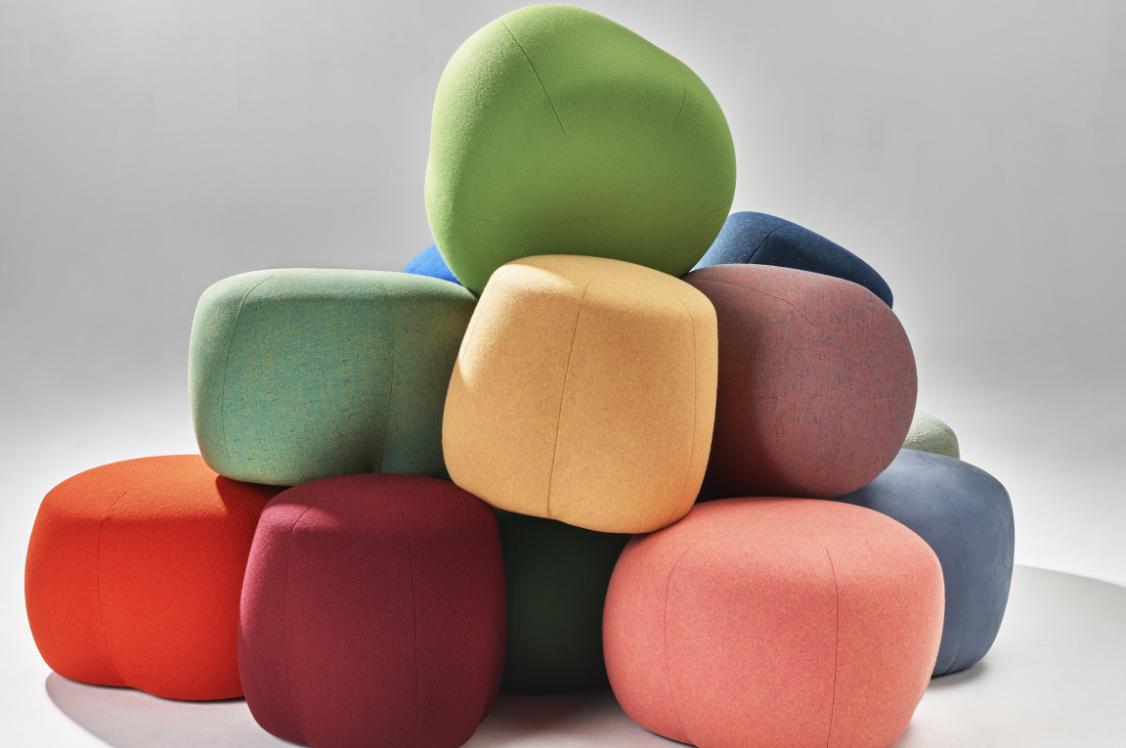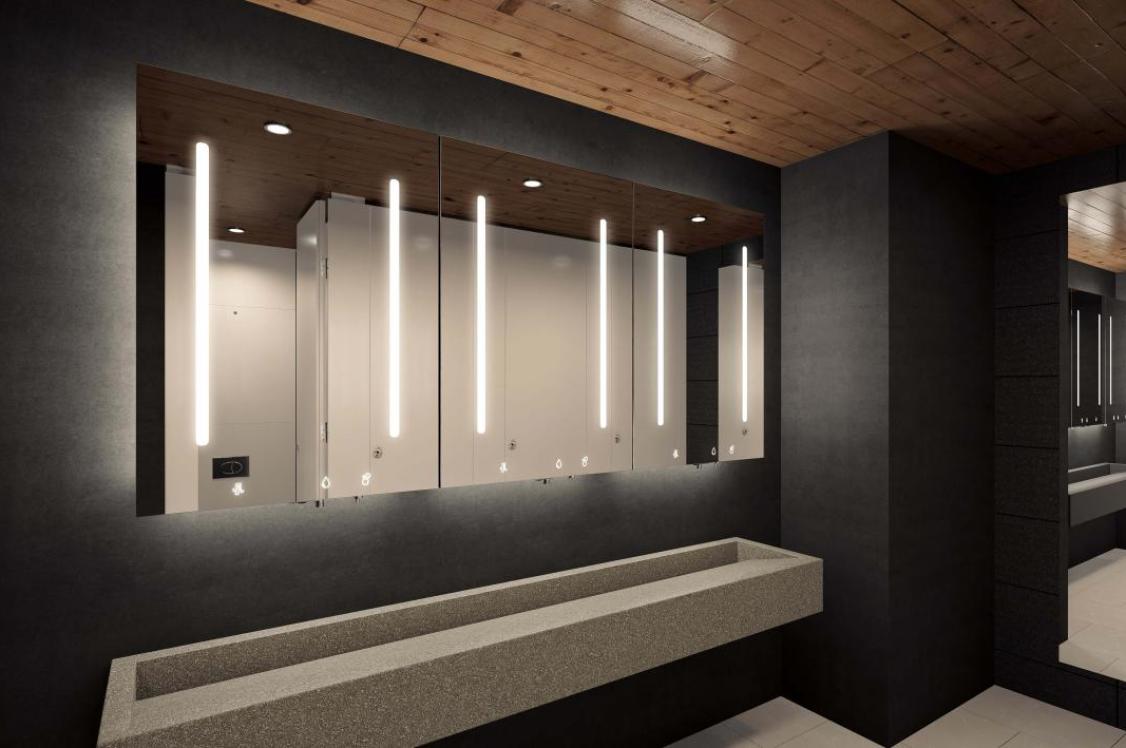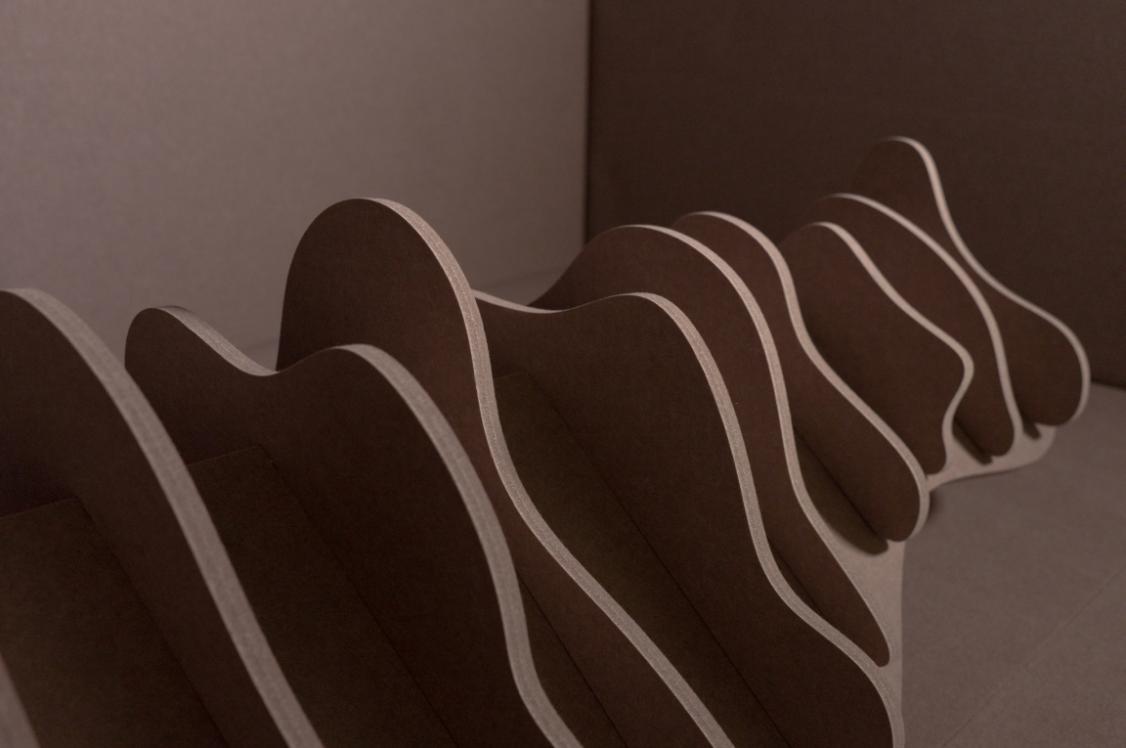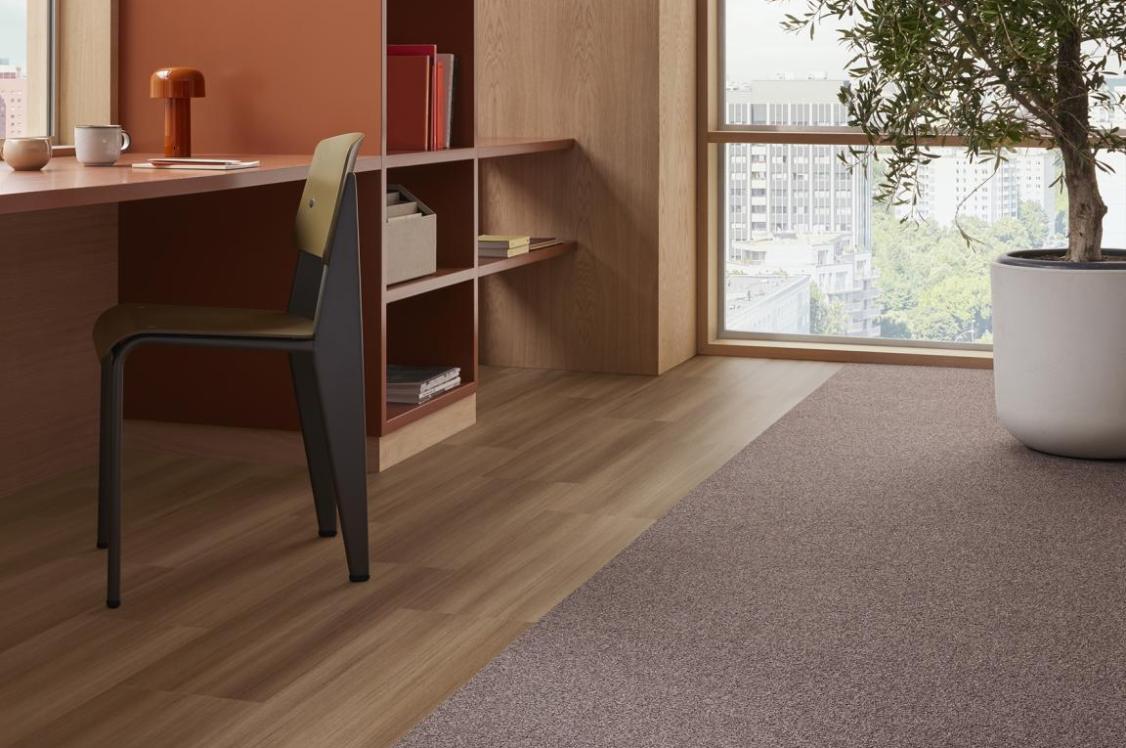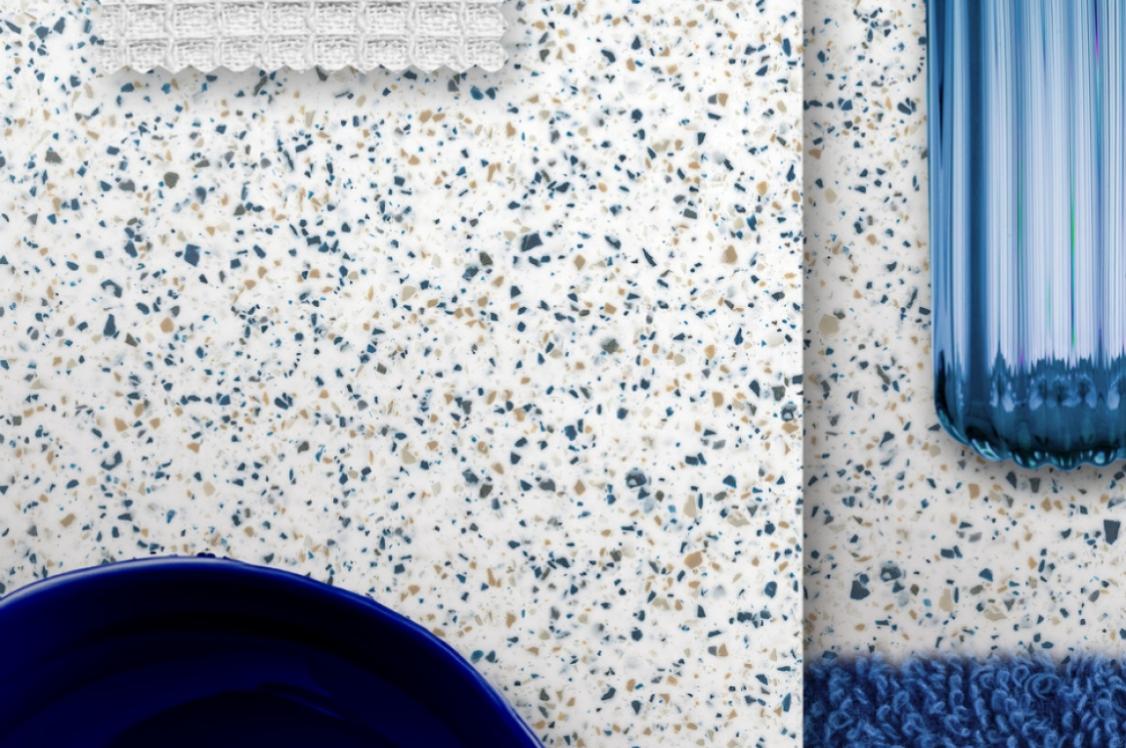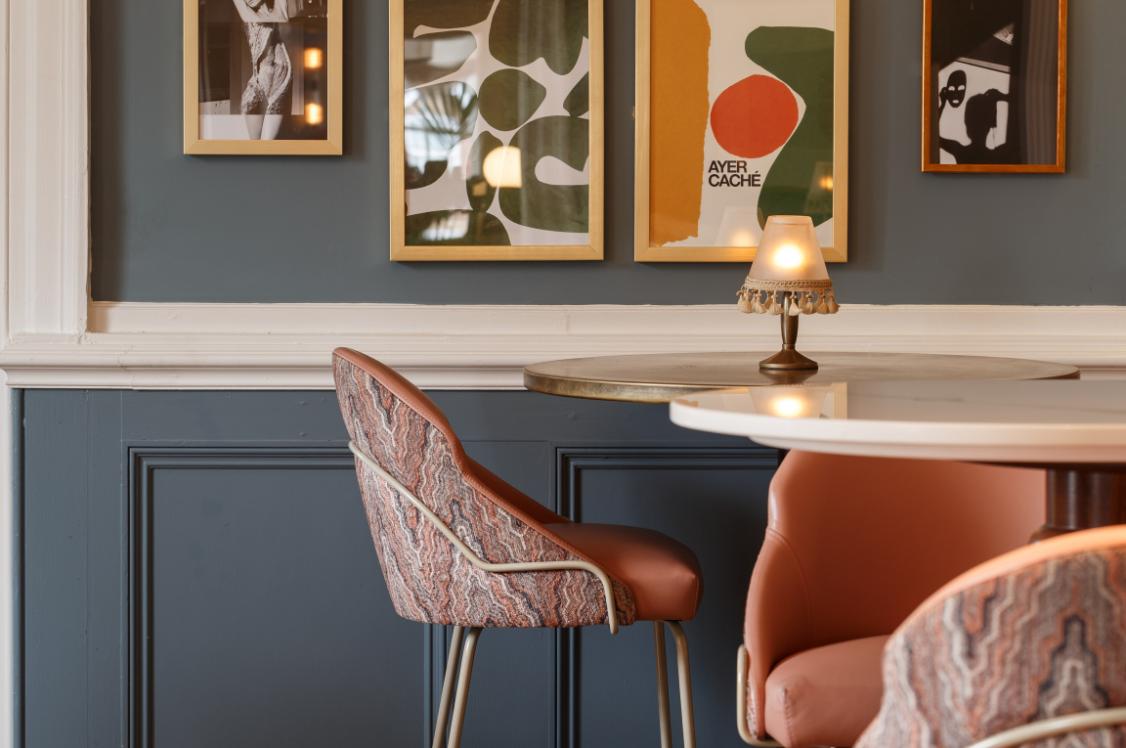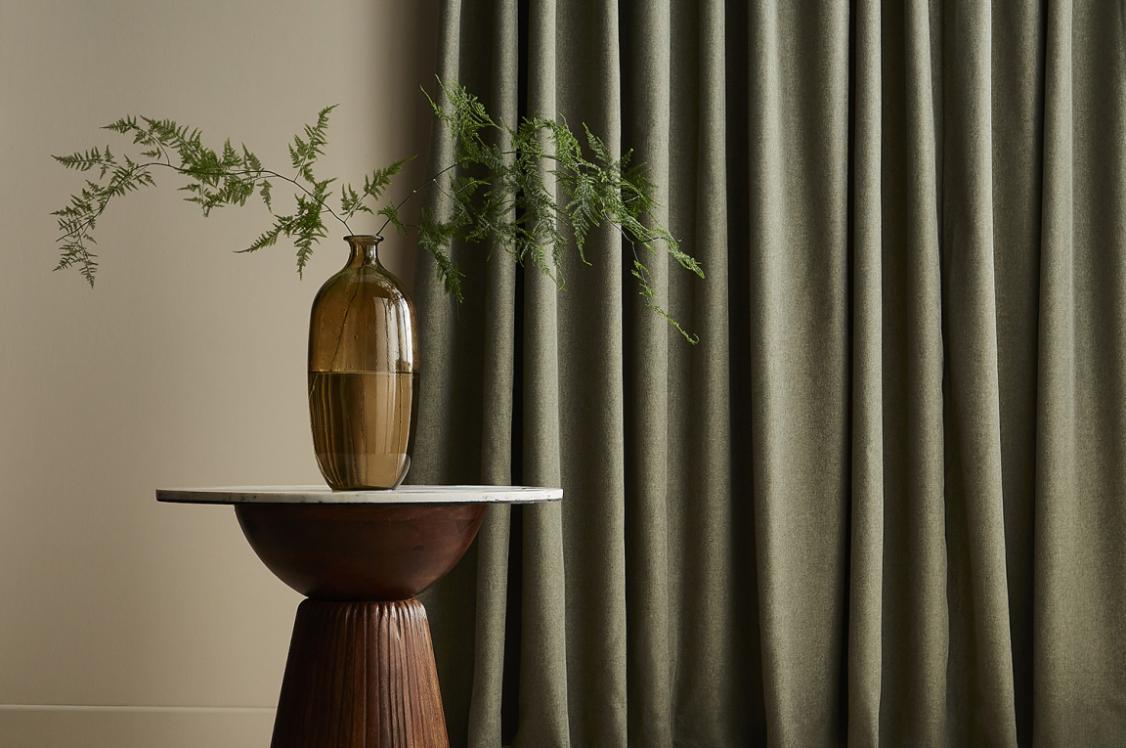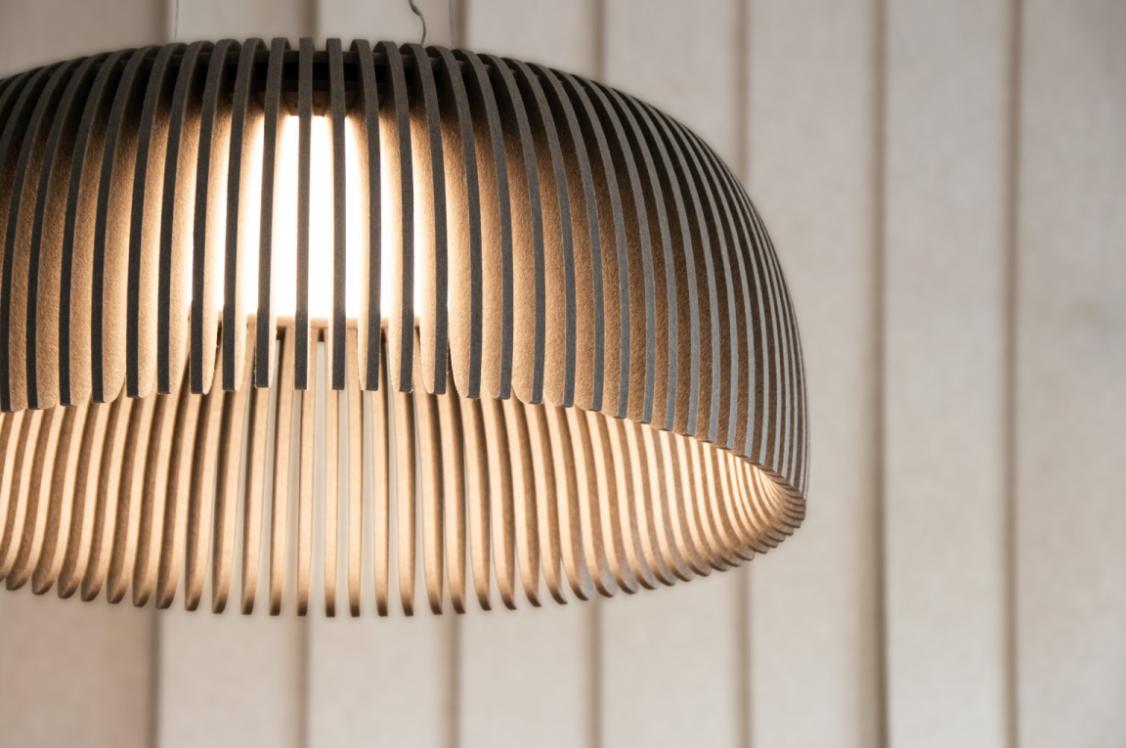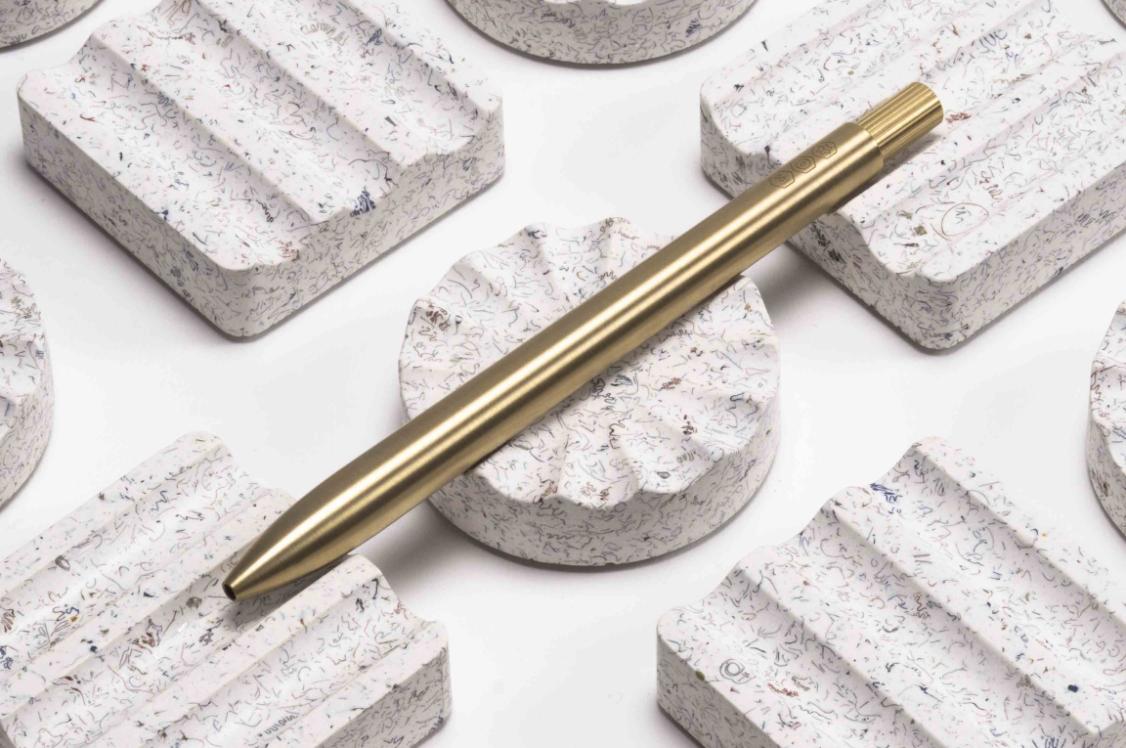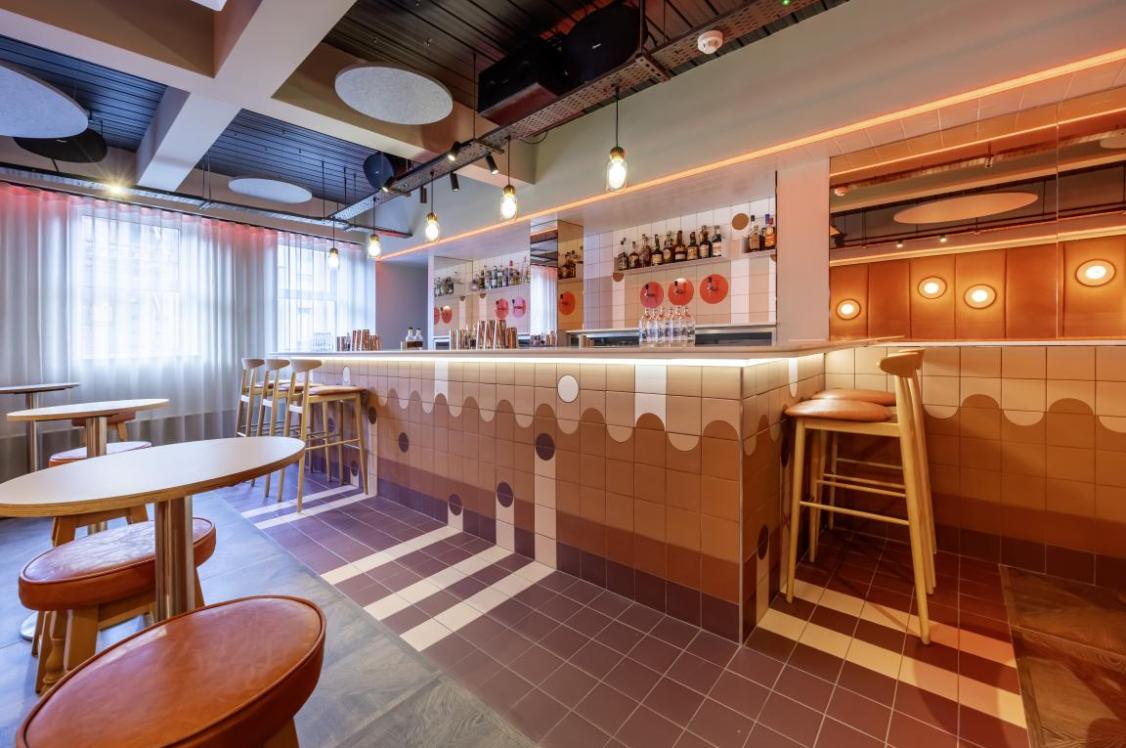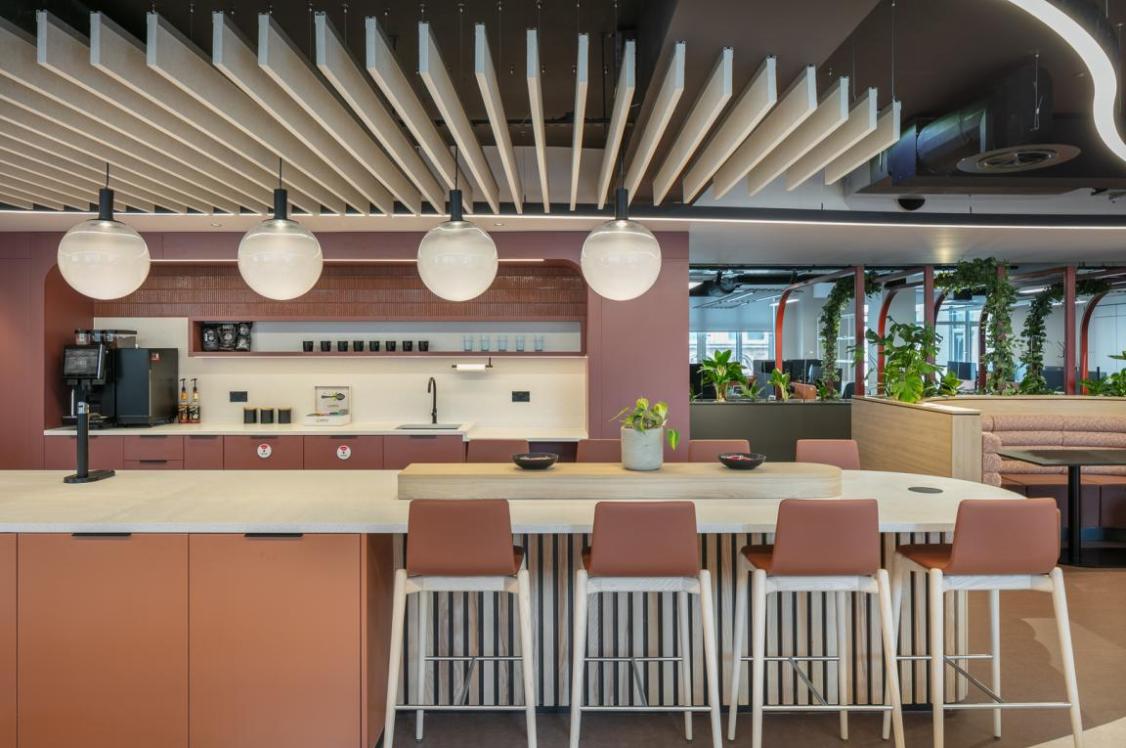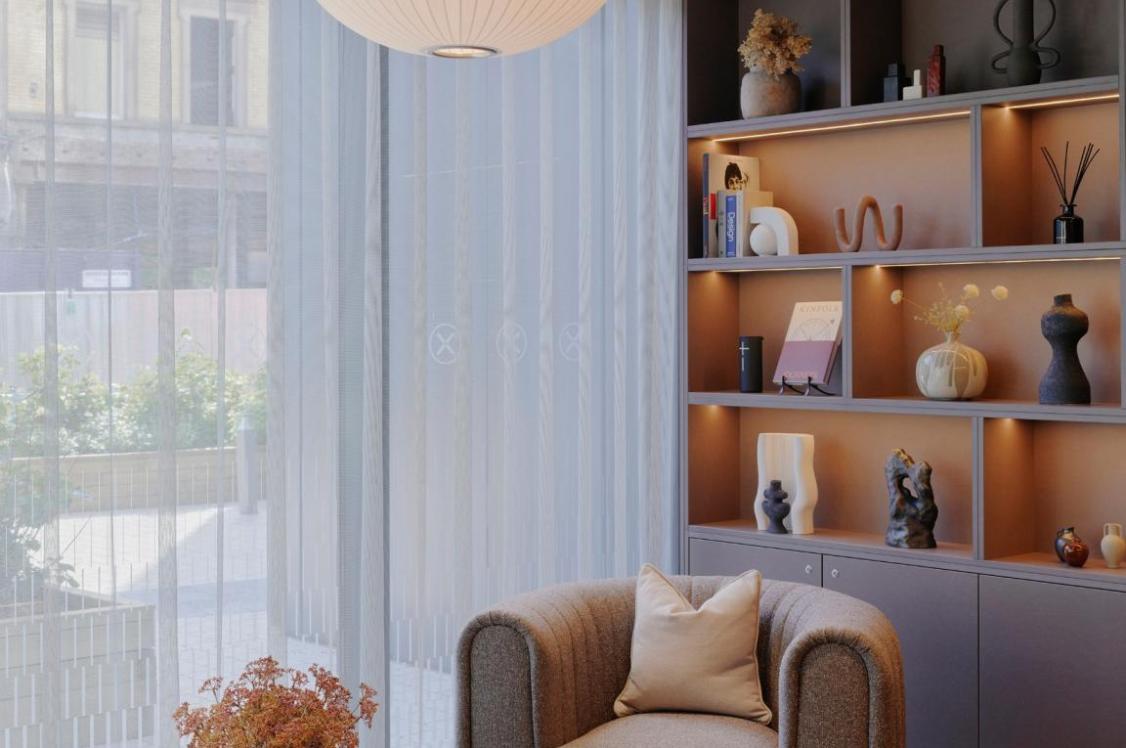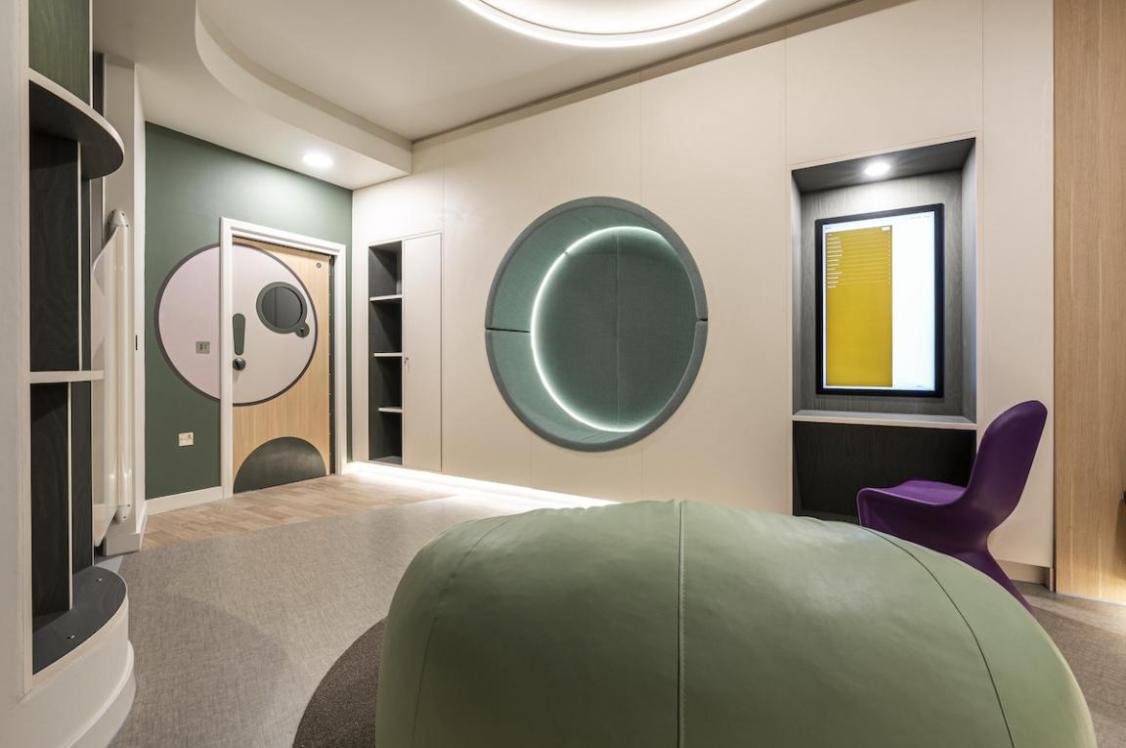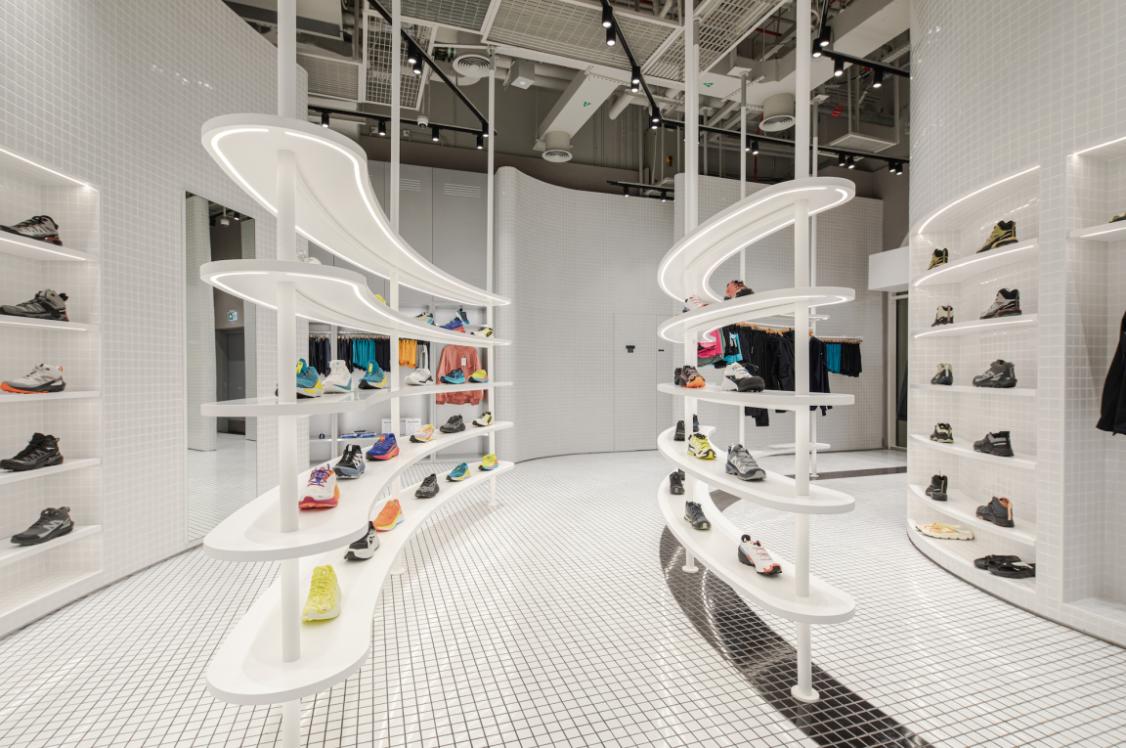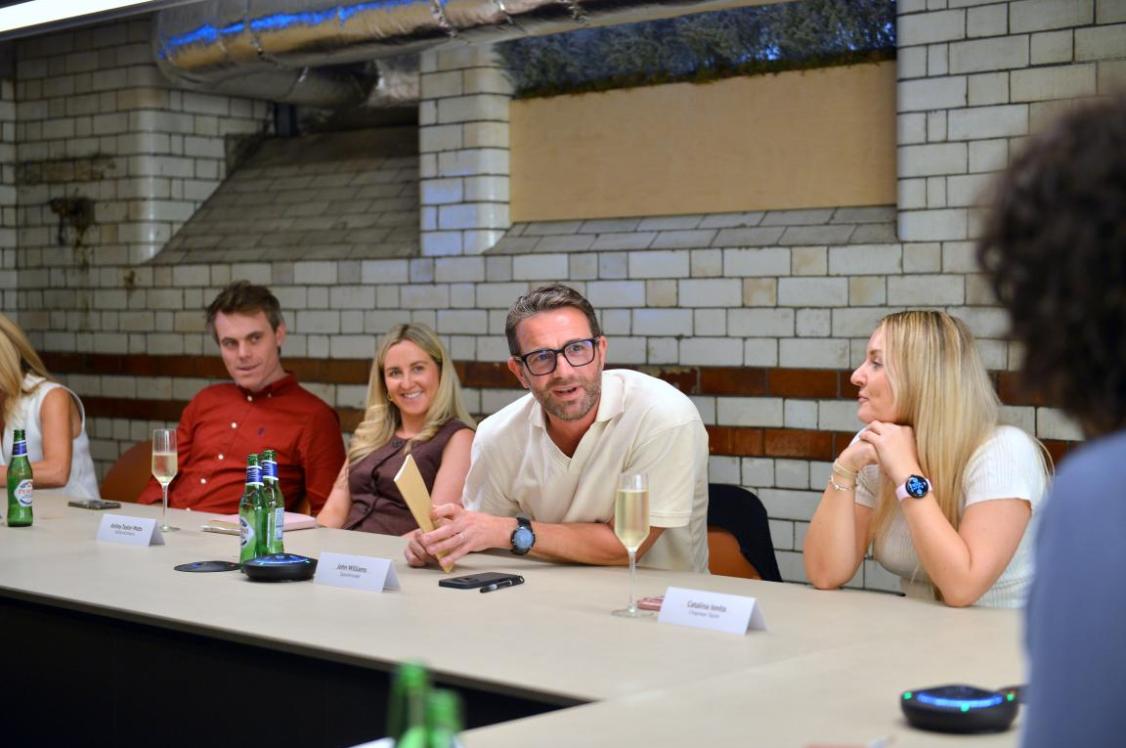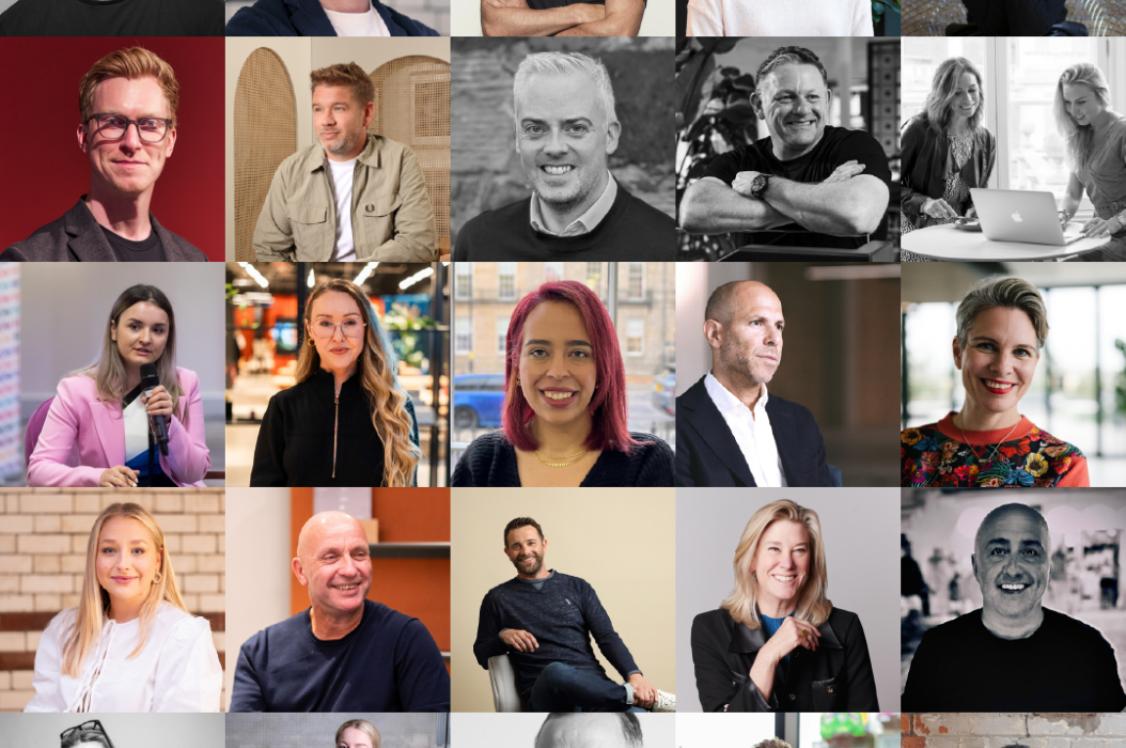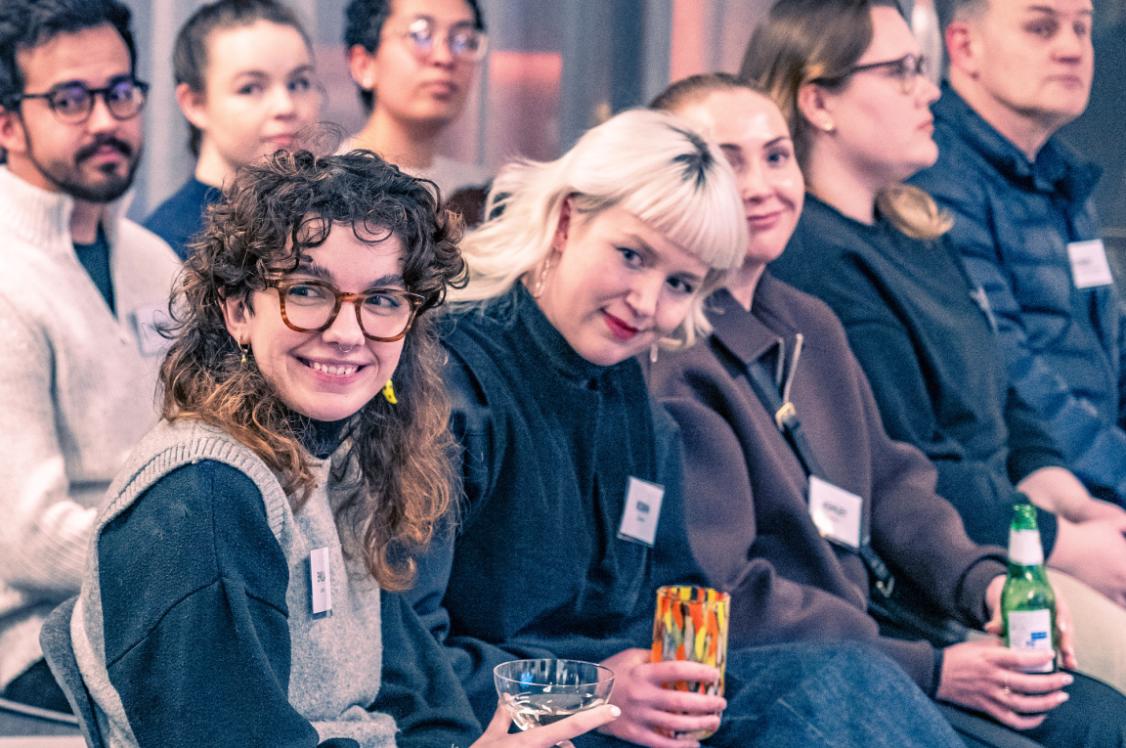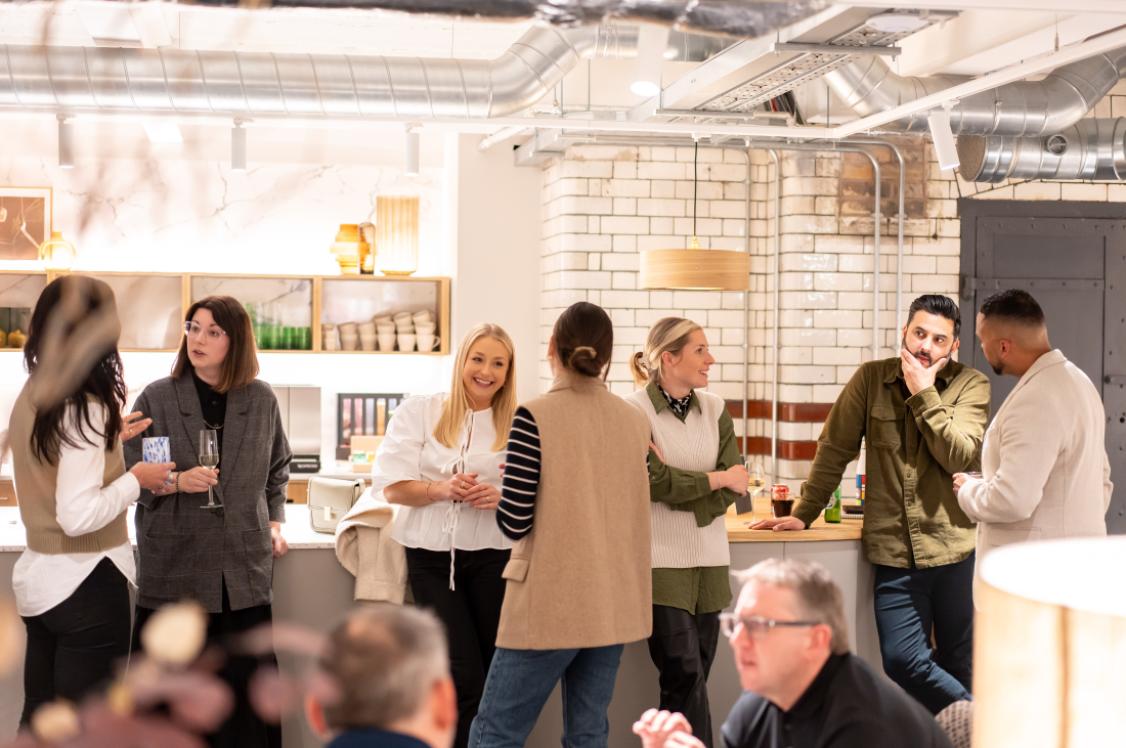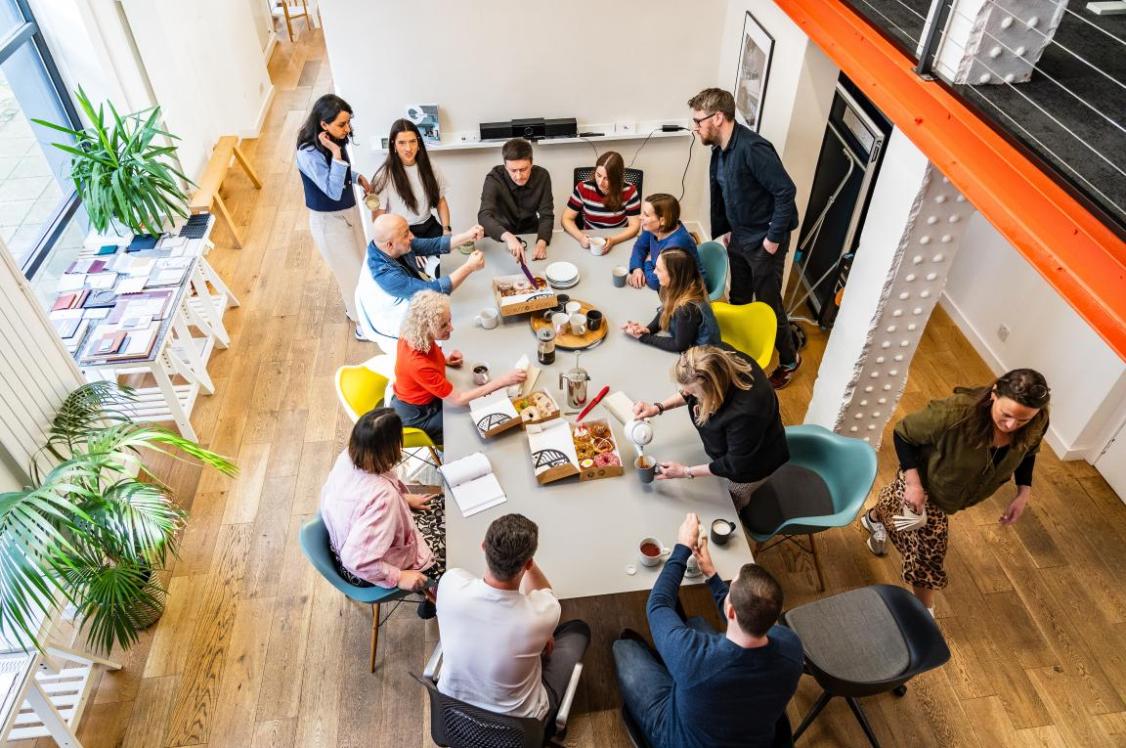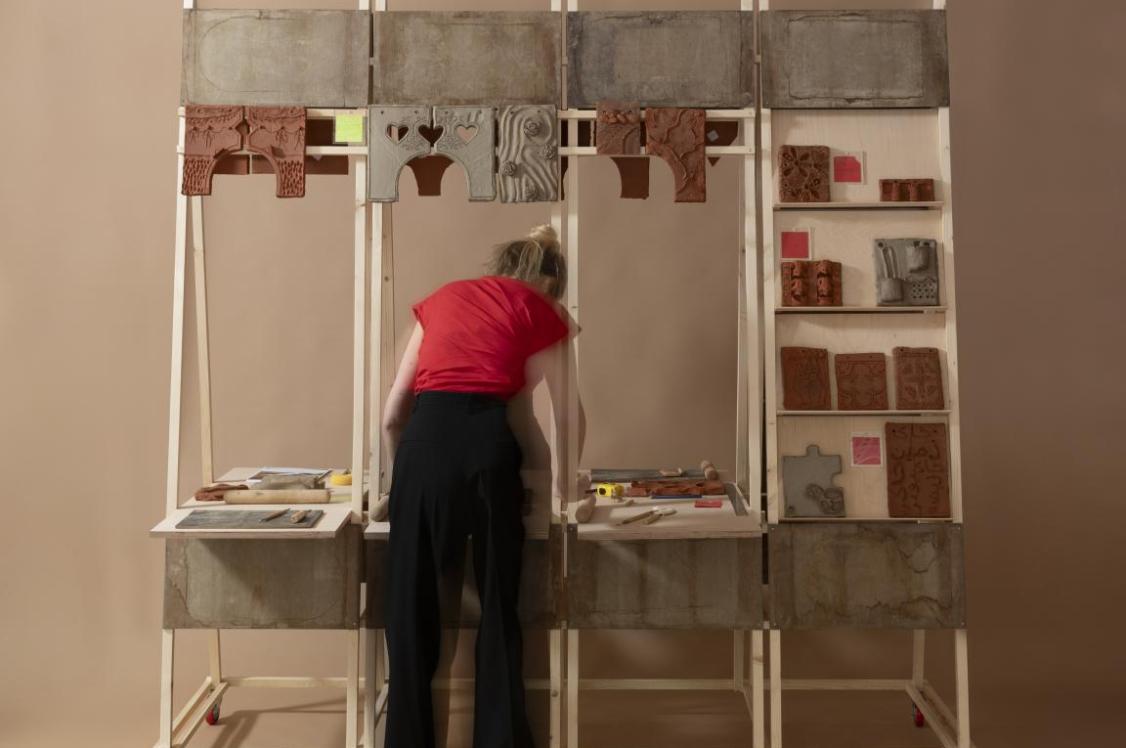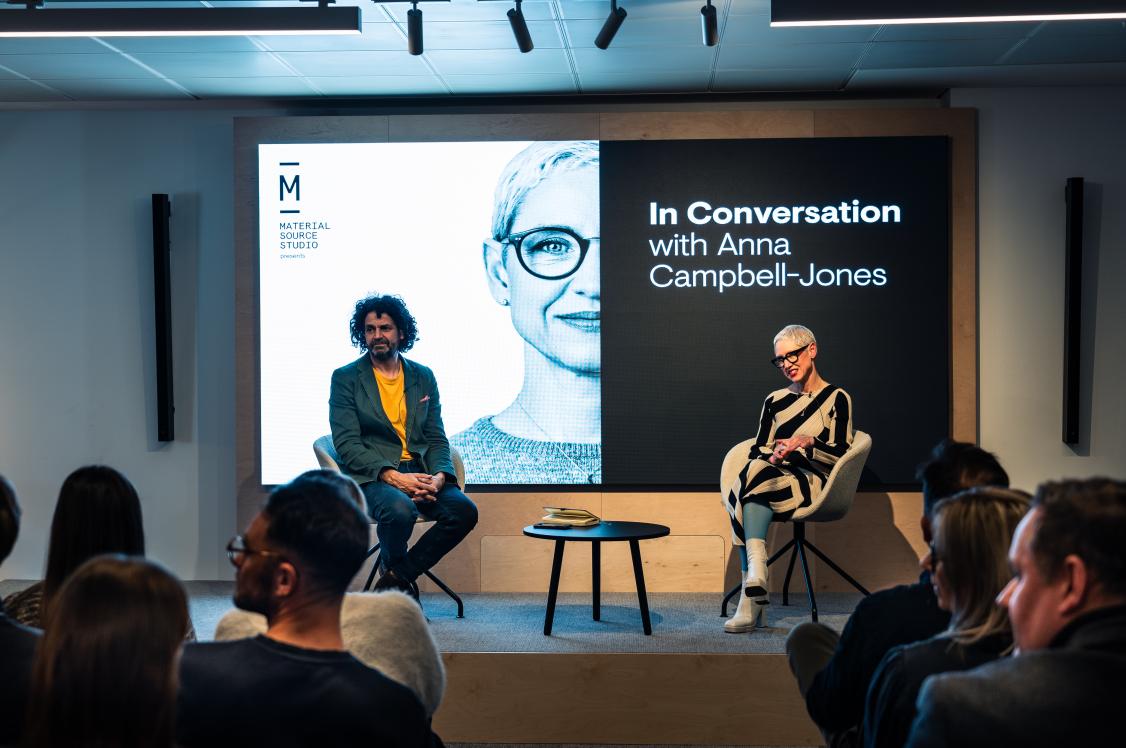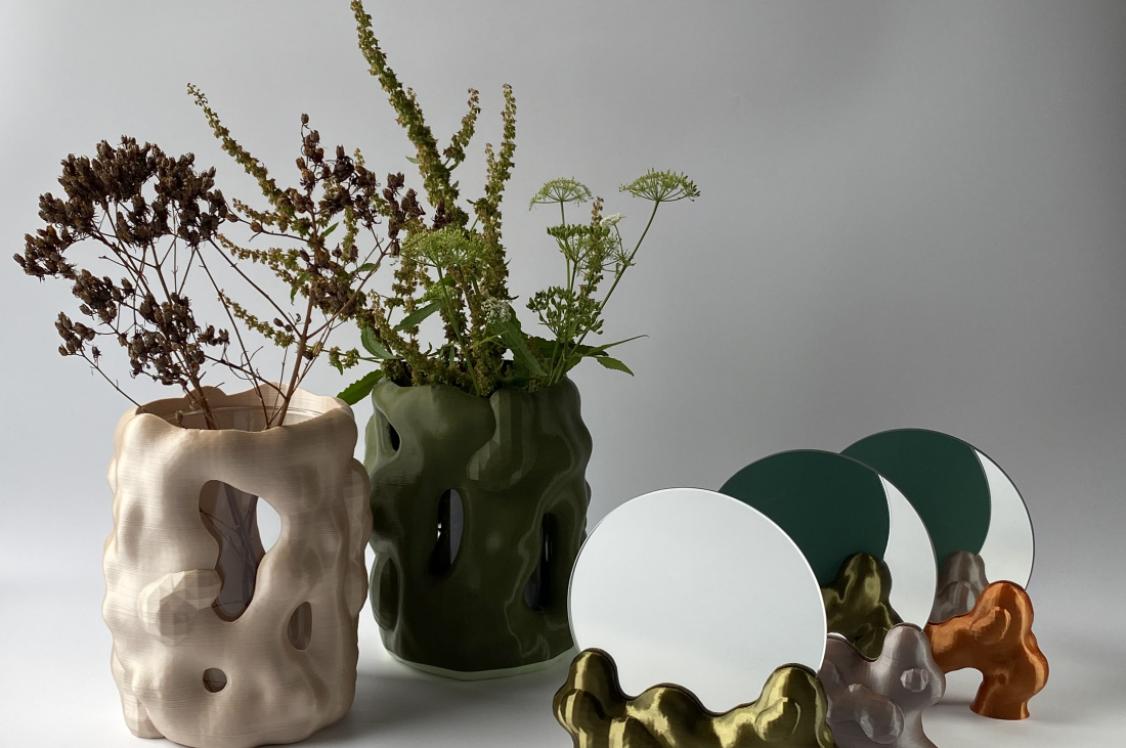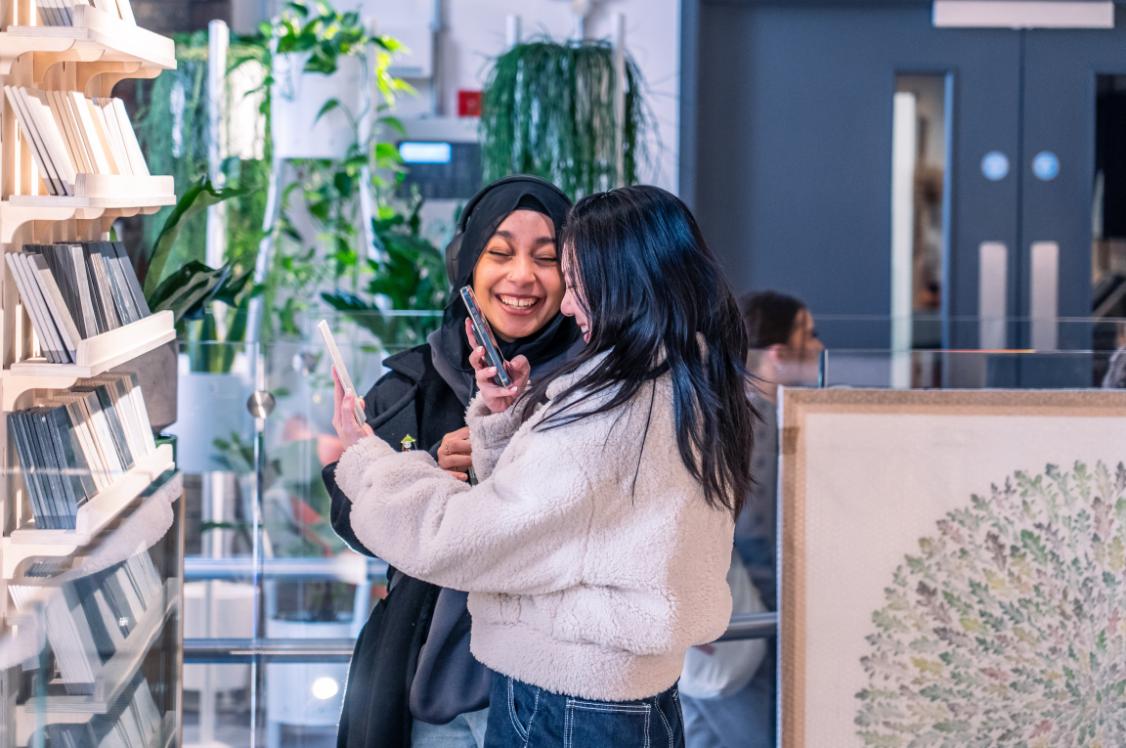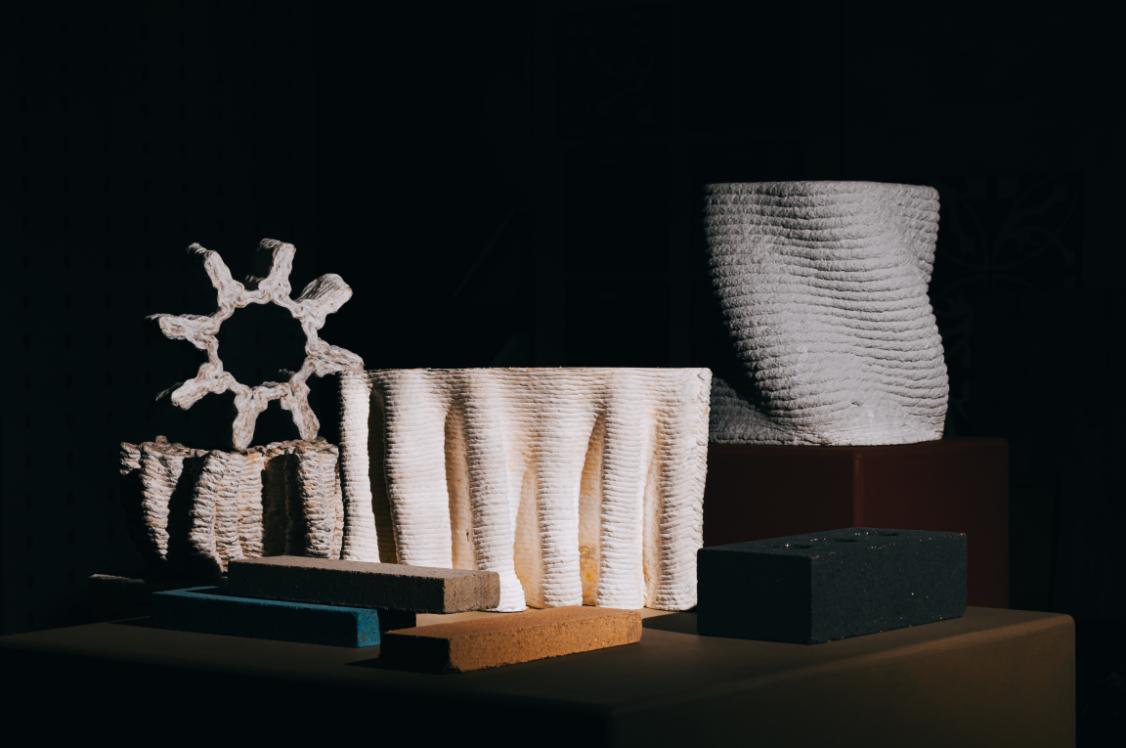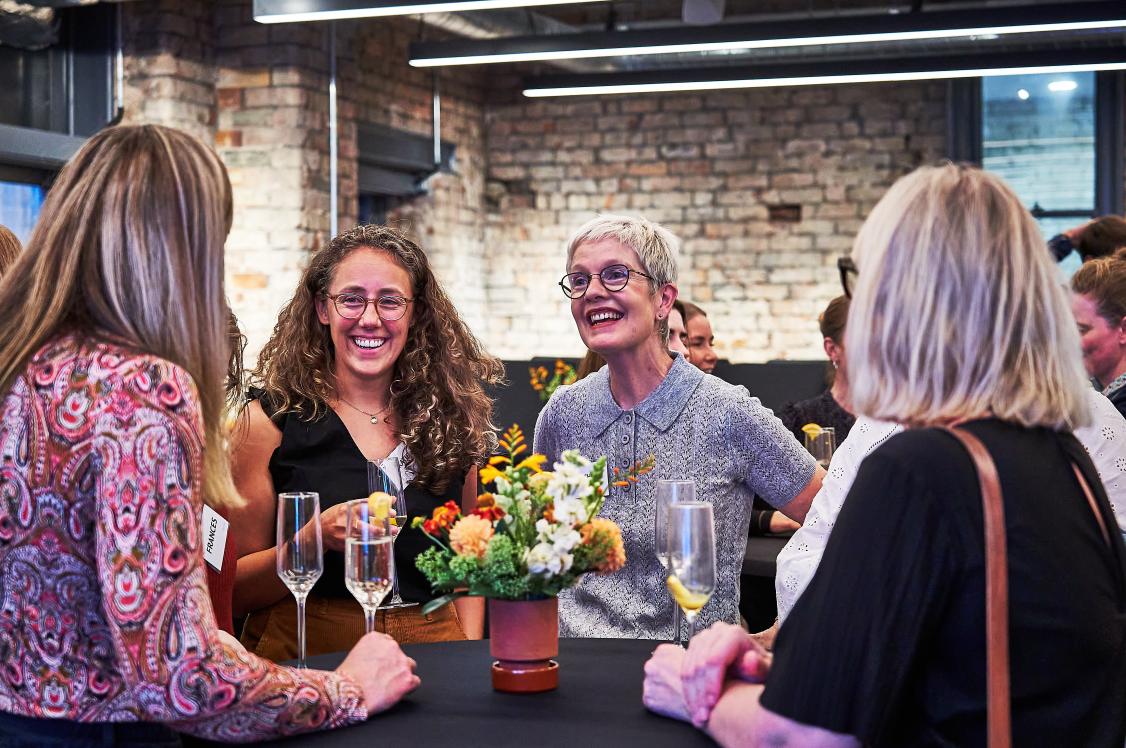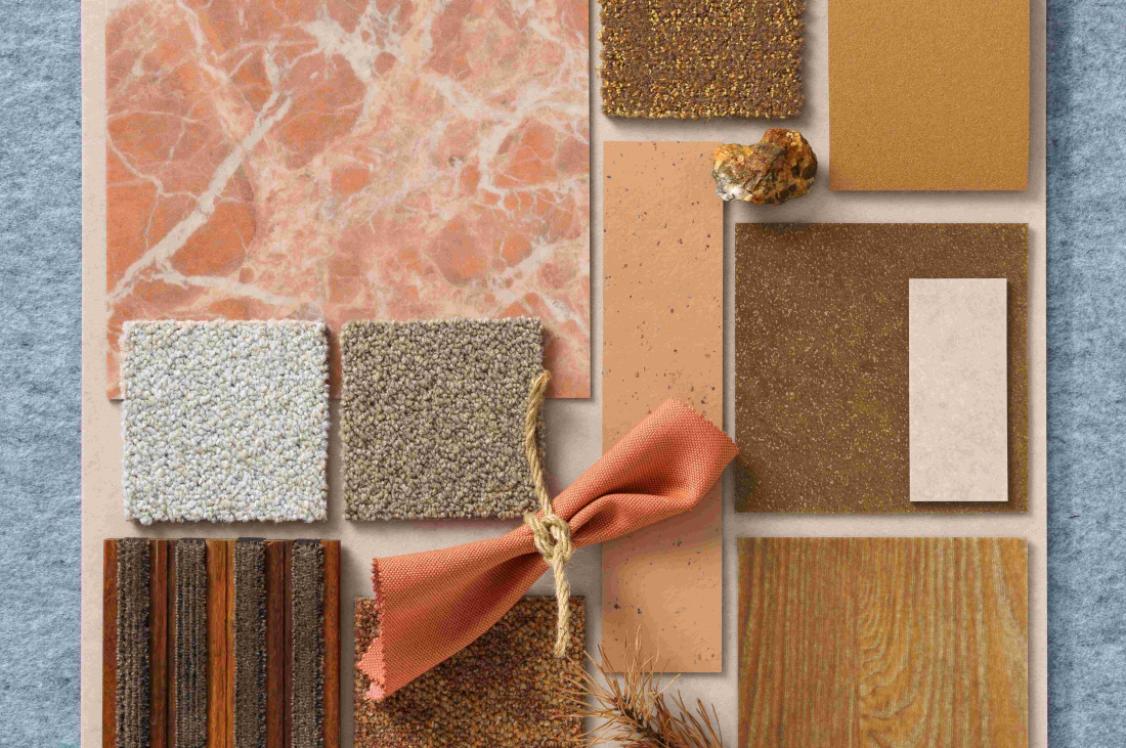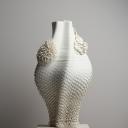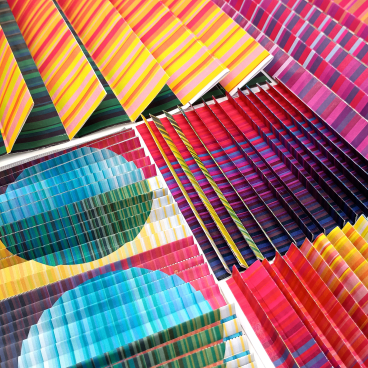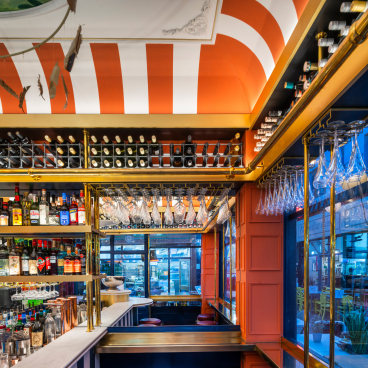Meet the maker: Bucharest-based ceramicist, Sandra Berghianu.

Sitting at the borderline between functional and sculptural ceramics, Sandra Berghianu is an exceptional potter - creating expertly crafted creatures, brimming with both character and charm.
Although her pieces feel rounded and almost comforting in appearance, Sandra is inspired by nature’s oddities and imperfections - drawing reference from microbes, fungi and even deformed fruit to influence her vessels.
Honing the art of wheel throwing in Japan, Sandra hand throws all of her components first - meticulous in her technicality - and then begins to piece these objects together to form her bulbous constructions.
We spotted Sandra’s practice on the very top floor of the Future Icons - curated by Louise Pacifico - during London Craft Week and were eager to hear more about her playful yet perfectionist approach to ceramics…
Firstly, can you introduce us to Sandra Berghianu ceramics?
"I am a Bucharest-based ceramicist who creates one-off sculptural pieces, as well as small-batch tableware. My work is inspired by irregularities and quirks in nature, which are stylised into sculptural objects reminiscent of an escapist, utopian imaginary world."
How did your journey into pottery first kick off?
"I was always curious about clay, but somehow didn't have the courage to do a ceramics degree at university. The first time I got to try pottery was during an Erasmus exchange in Rotterdam, where the ceramics technicians were very welcoming and encouraging. I loved it, and ended up spending all of my free time in the ceramics workshop."



What led you to study wheel throwing in Japan?
"After finishing my degree, I wanted to dive into pottery, and especially wanted to learn how to throw. I was lucky enough that my family had ties with Japan, and through family friends we managed to find a potter who would take me as an informal apprentice. Japan is, of course, one of the best places to learn wheel-throwing, so it was a natural choice for me."
Can you please talk us through the construction process of your vessels?
"I generally start with drawings, and sometimes even tiny, messy maquettes. I then wheel-throw parts, which I later trim and assemble. I always leave some space for spontaneity and on-the-spot decision-making, and this tends to happen the most when I'm putting pieces together. The assembled and bisque-fired pieces then get decorated with slip and glazed, sometimes through multiple firings."
Where do you seek inspiration for the organic, bulbous forms you create?
"I often look at oddities in nature, such as fungi, microbes or deformed fruit. For recent pieces, I've also combined these with abstract line-drawings which I consider visualisations of my feelings and inner wandering."

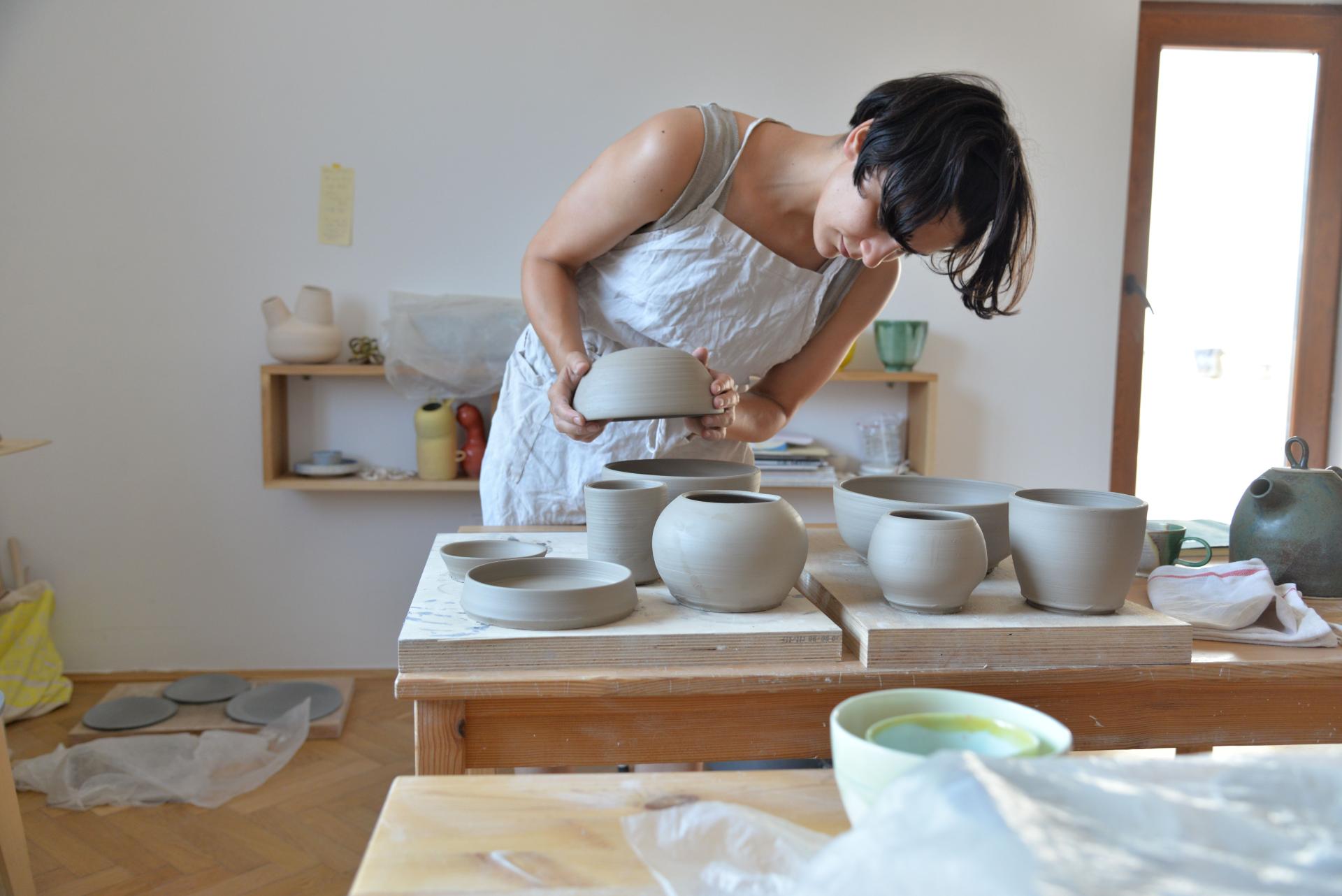
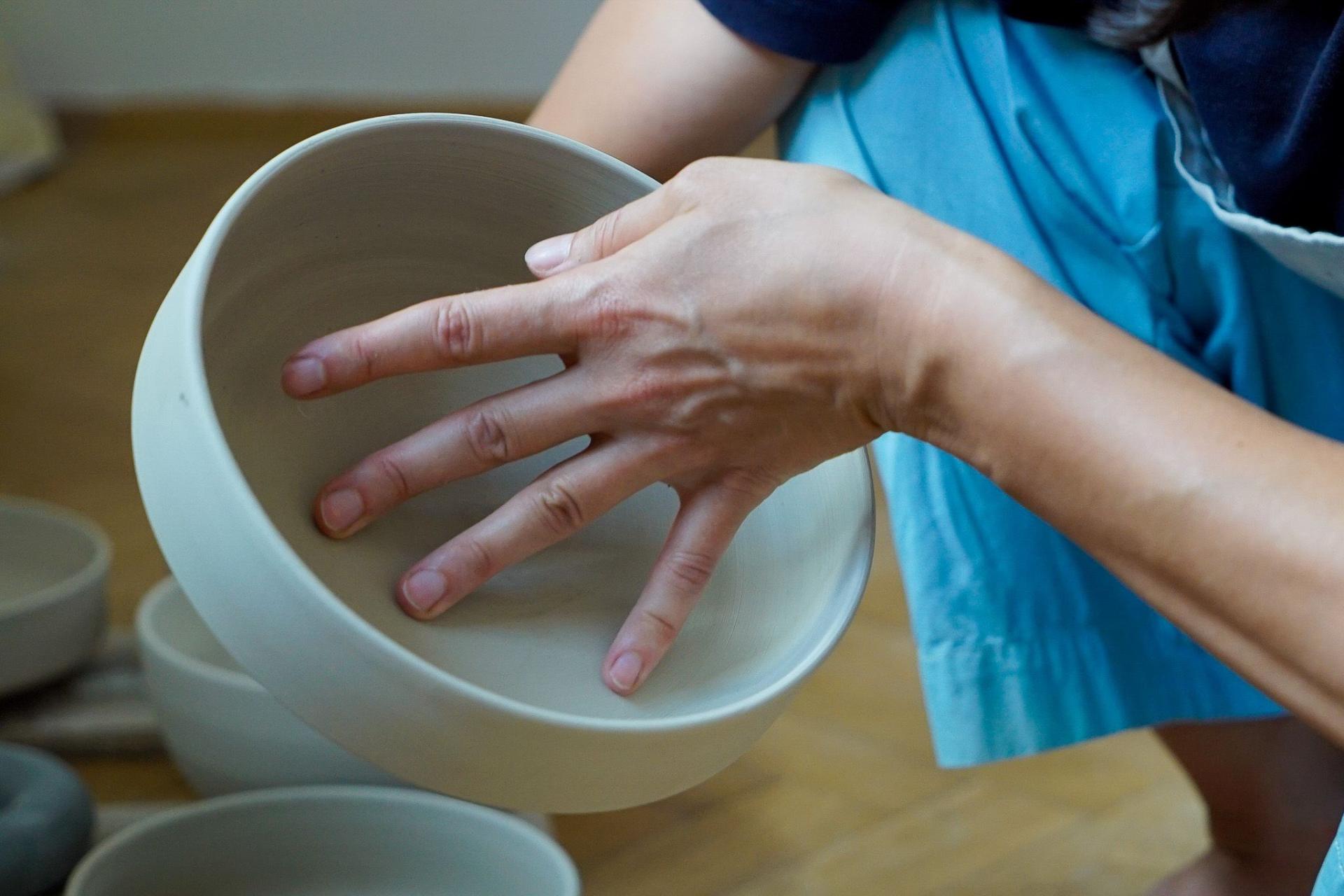
How would you describe your vessels?
"I think of them as friendly, weird creatures. For me, they're almost escapist, in that the colours and rounded shapes offer comfort, but there's still something slightly unsettling about them."
And how do you approach glazing them?
"I glaze the inside of the vases, so that they are water-tight and can actually be used. I love the border between functional and sculptural, and the ownership one can feel over an object by using it, which is why I'm keen for them to still be functional.
"The outside of the vessels are coloured using porcelain slip. Colouring the vessels is probably the most draining process for me - I feel like colour is what brings the objects to life, and it can easily go wrong. But it's also a really enjoyable and exciting process, and I hope it's clear to see how much I love colour."
You mention that, while being sculptural, your ceramic pieces are also functional. Could you please tell us about how you combine the two elements?
"When I first started pottery, I would only make functional pieces because I wanted to get better at throwing, and repeating the same shape over and over again is the best way to practice. It took me a long time to be able to throw the pieces I needed in order to create what I had in mind for my sculptural pieces.
"I still make functional pieces now, and although they're not the most creative objects I make, I sometimes find throwing them really relaxing. I also feel so grateful and happy to see how much joy people get from using my tableware. To me, it almost feels like the purest and least egocentric form of making, and it reminds me why I was drawn to pottery in the first place."
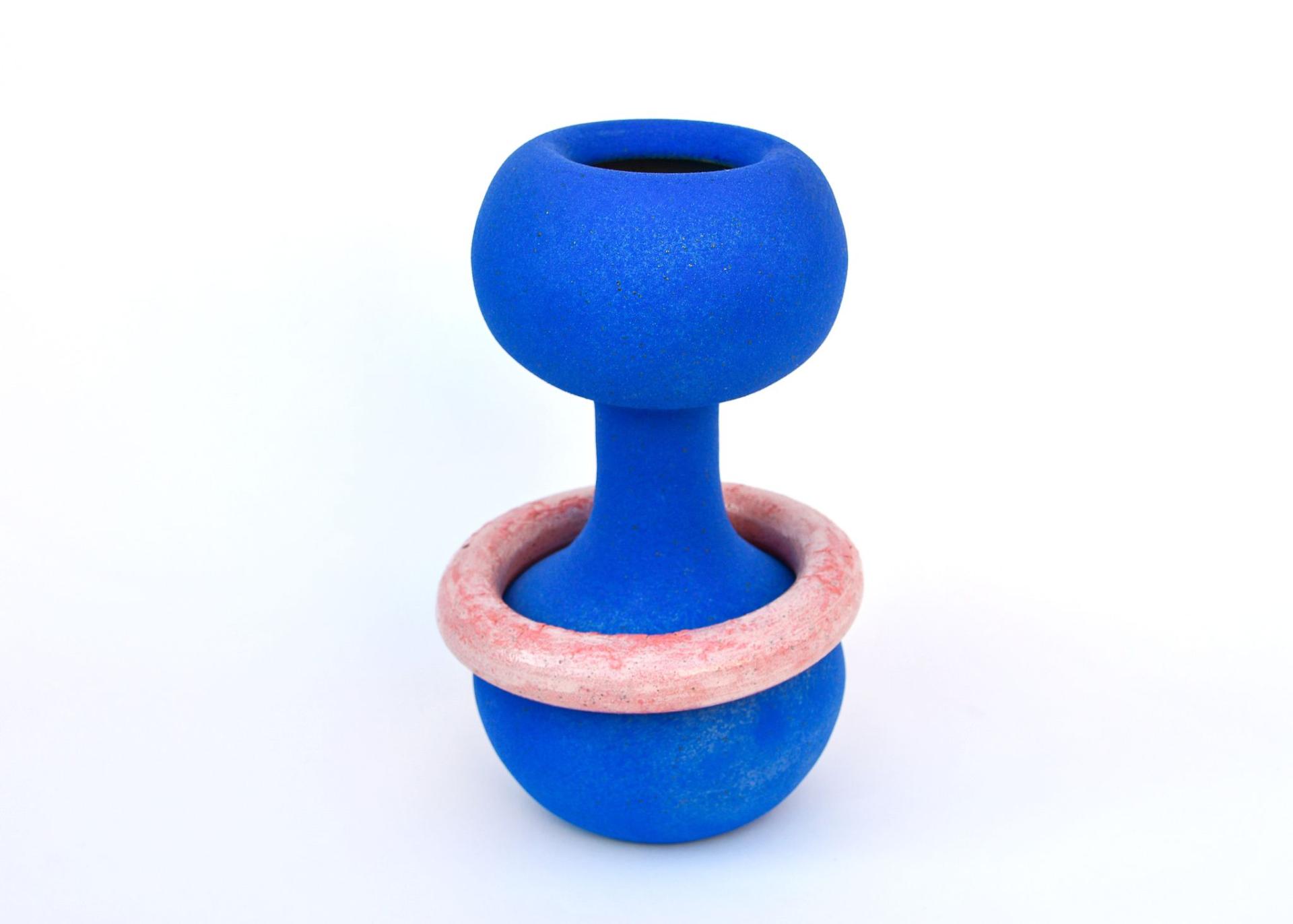

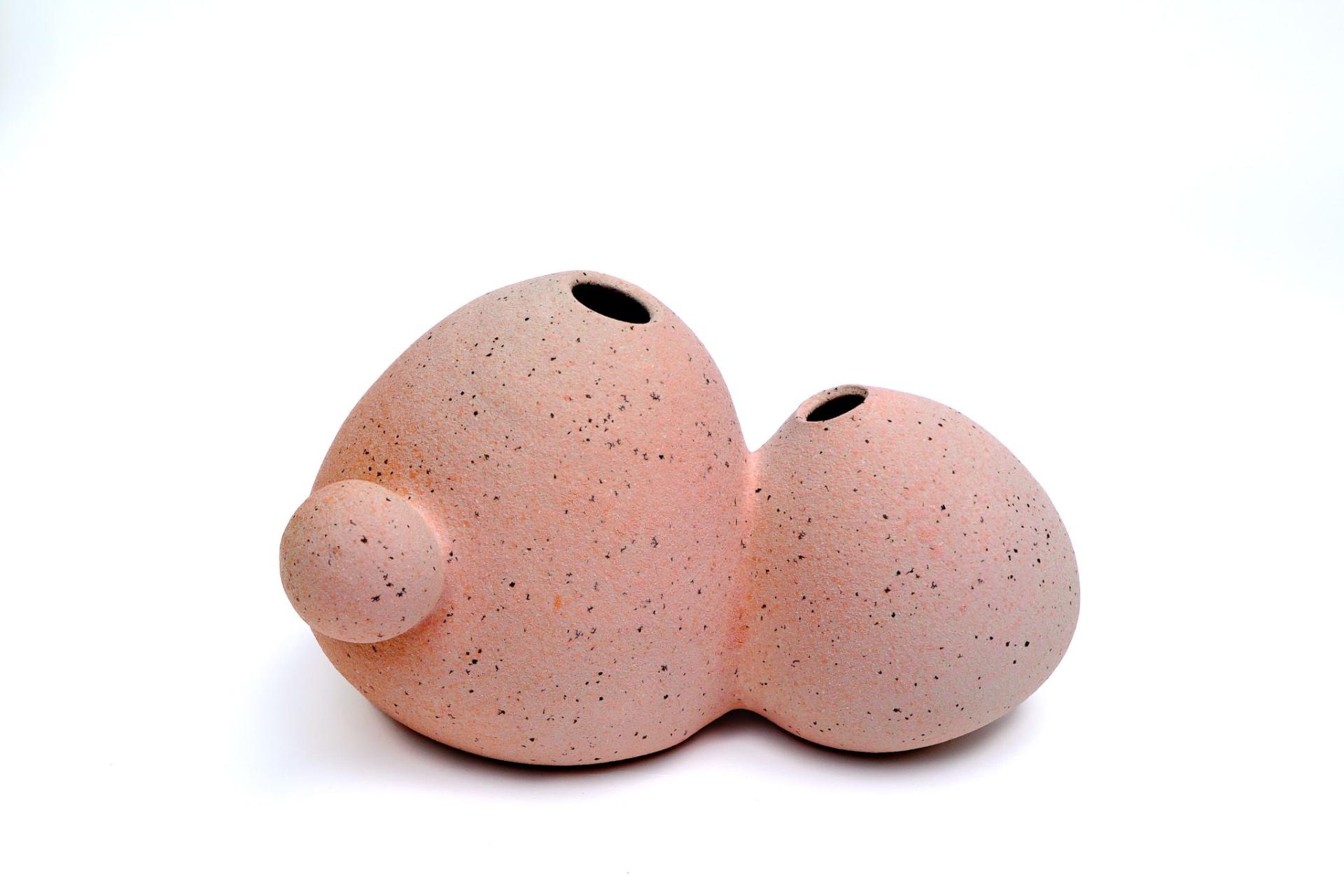

How has your time in Japan influenced your practice to date?
"First, there is the technical aspect. I am quite strict with myself in terms of creating well-made, technically correct objects. Maybe it sometimes gets in the way of creativity, but I do feel some degree of pride in my traditional potter training.
"There is also the way I think about pottery. Ceramics is considered an art form in Japan, whether it's functional or not. I try not to think of a teacup or a bowl as a 'lesser object' than a ceramic sculpture. I don't always succeed in this way of thinking, but when I do, it offers me the freedom to think outside boxes such as 'design', 'art', 'craft'."
We spotted your work at Future Icons during London Craft Week - what else do you have in the pipeline?
"I'm taking part in a group show in Athens next month, and after that, we'll have to see. I am keen to be back in London with new work, and I've got my fingers crossed for a couple of events next spring."
Finally, what can we next expect to see from you?
"I'd love my colourful creatures to have a larger presence in a room; almost to take over it, so I've started working on some larger pieces. In a couple of months' time, I'll hopefully be able to show you some bigger, bolder work."
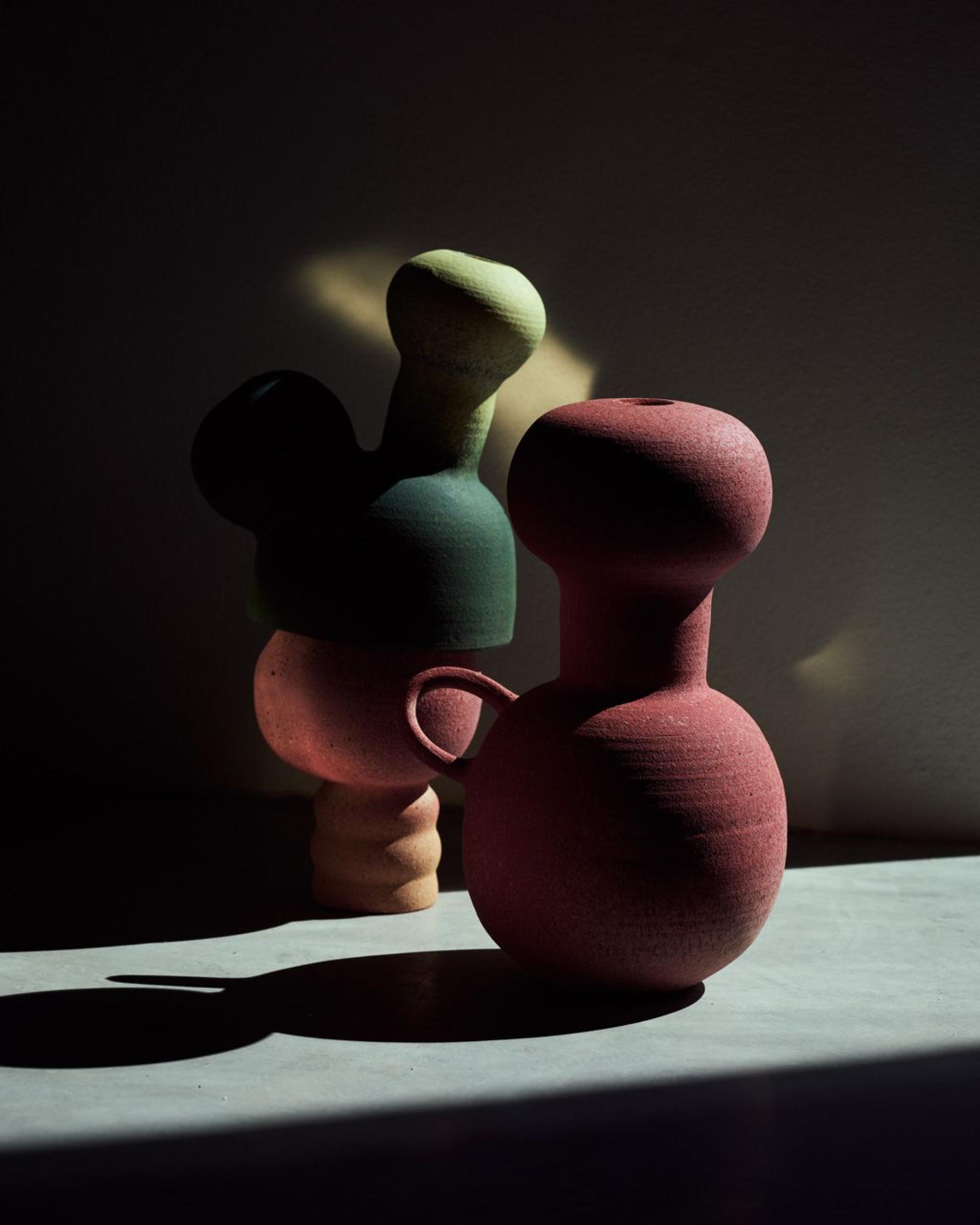
Discover more work from Sandra’s creative ceramic practice here.


